
One from a series of fifteen color aquatints printed in three impressions each.
12 x 14" ; 12 x 14".
Crown Point Press and Lilah Toland.
$8,000 fair market value Unavailable

One from a series of fifteen color aquatints printed in three impressions each.
12 x 14"; 12 x 14".
Crown Point Press and Lilah Toland.
$8,000 fair market value Unavailable

One from a series of fifteen color aquatints printed in three impressions each.
12 x 14" ; 12 x 14".
Crown Point Press and Lilah Toland.
$8,000 fair market value Unavailable

One from a series of fifteen color aquatints printed in three impressions each.
12 x 14"; 12 x 14".
Crown Point Press and Lilah Toland.
$8,000 fair market value Unavailable
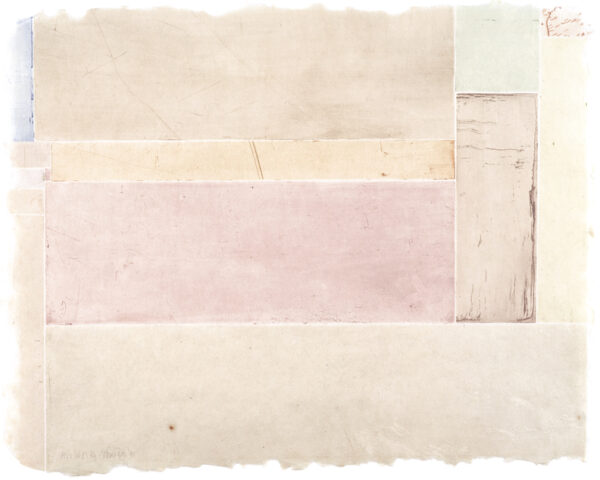
One from a series of fifteen color aquatints printed in three impressions each.
12 x 14"; 12 x 14".
Crown Point Press and Lilah Toland.
$8,000 fair market value Unavailable
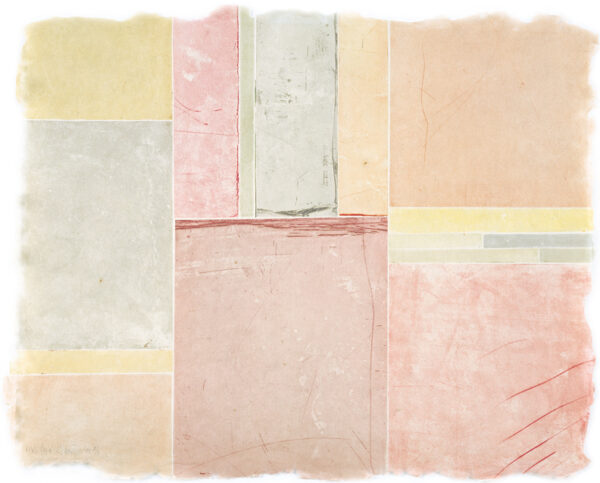
One from a series of fifteen color aquatints printed in three impressions each.
12 x 14"; 12 x 14".
Crown Point Press and Lilah Toland.
$8,000 fair market value Unavailable

One from a series of fifteen color aquatints printed in three impressions each.
12 x 14"; 12 x 14".
Crown Point Press and Lilah Toland.
$8,000 fair market value Unavailable
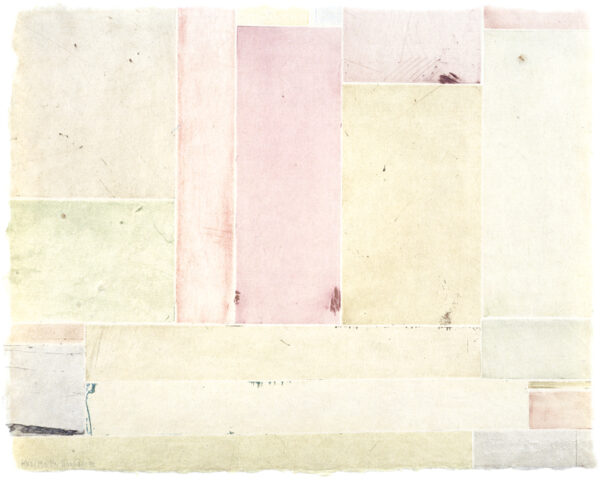
One from a series of fifteen color aquatints printed in three impressions each.
12 x 14"; 12 x 14".
Crown Point Press and Lilah Toland.
$8,000 fair market value Unavailable
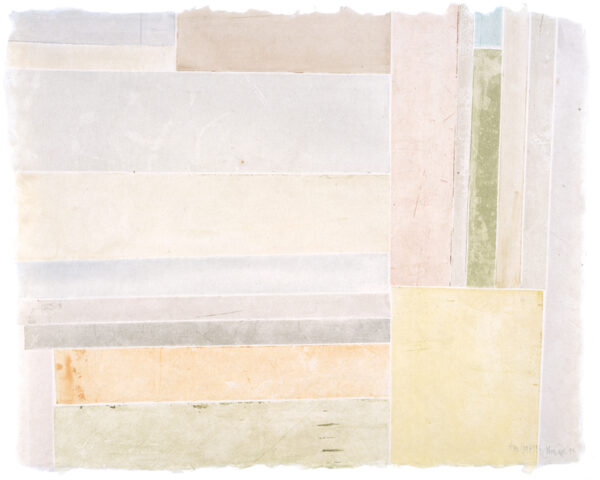
One from a series of fifteen color aquatints printed in three impressions each.
12 x 14"; 12 x 14".
Crown Point Press and Lilah Toland.
$8,000 fair market value Unavailable
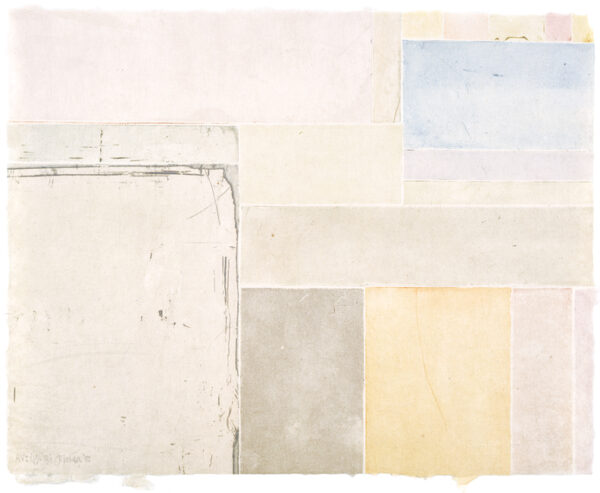
One from a series of fifteen color aquatints printed in three impressions each.
12 x 14"; 12 x 14".
Crown Point Press and Lilah Toland.
$8,000 fair market value Unavailable

One from a series of fifteen color aquatints printed in three impressions each.
12 x 14"; 12 x 14".
Crown Point Press and Lilah Toland.
$8,000 fair market value Unavailable

One from a series of fifteen color aquatints printed in three impressions each.
12 x 14"; 12 x 14".
Crown Point Press and Lilah Toland.
$8,000 fair market value Unavailable

One from a series of fifteen color aquatints printed in three impressions each.
12 x 14"; 12 x 14".
Crown Point Press and Lilah Toland.
$8,000 fair market value Unavailable

One from a series of fifteen color aquatints printed in three impressions each.
12 x 14"; 12 x 14".
Crown Point Press and Lilah Toland.
$8,000 fair market value Unavailable
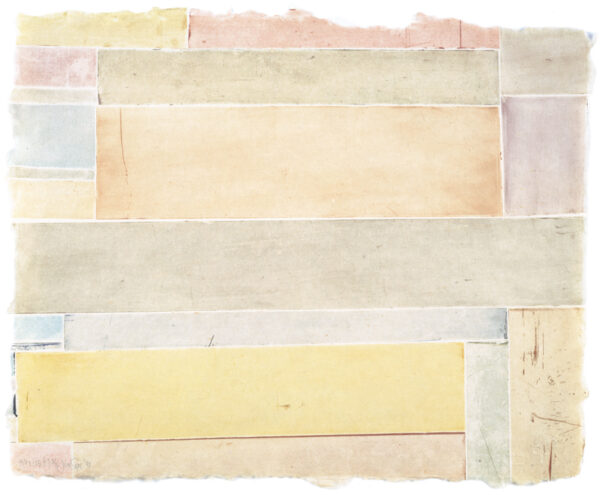
One from a series of fifteen color aquatints printed in three impressions each.
12 x 14"; 12 x 14".
Crown Point Press and Lilah Toland.
$8,000 fair market value Unavailable

Color spit bite aquatint with sugar lift aquatint on smoked paper.
45 x 36"; 54 x 41". 25.
Crown Point Press and Pamela Paulson.
$30,000 fair market value Unavailable
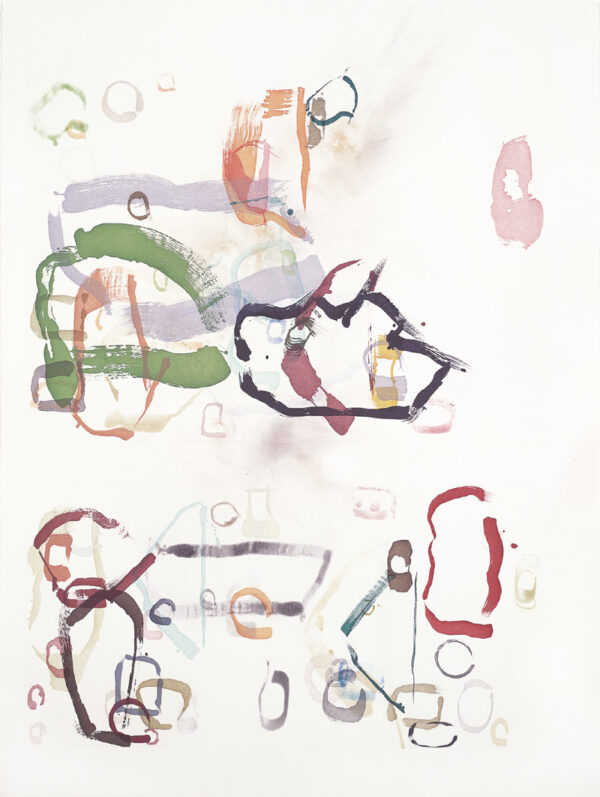
Color spit bite aquatint with sugar lift aquatint on smoked paper.
45 x 36"; 54 x 41". 25.
Crown Point Press and Pamela Paulson.
$30,000 fair market value Unavailable
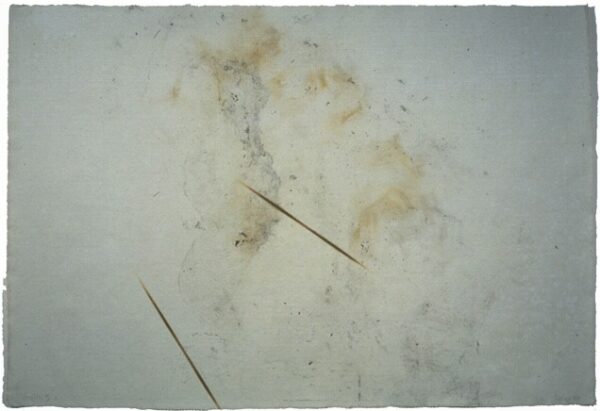
One in a series of 57 monotypes with branding on smoked paper.
varies 17½–19¼ x 25¾–26¼"; varies 17½–19¼ x 25¾–26¼".
Crown Point Press and Pamela Paulson.
$12,000 fair market value Unavailable
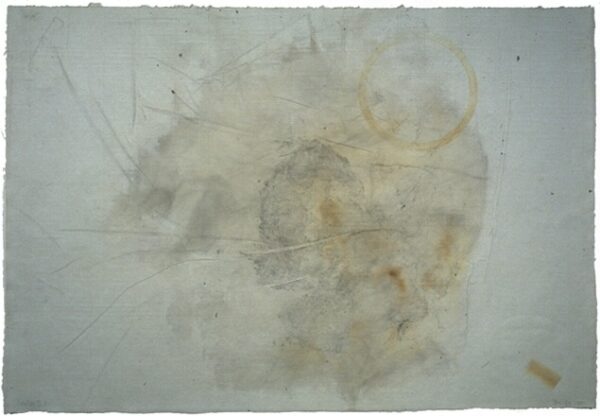
One in a series of 57 monotypes with branding on smoked paper.
varies 17½–19¼ x 25¾–26¼"; varies 17½–19¼ x 25¾–26¼".
Crown Point Press and Pamela Paulson.
$12,000 fair market value Unavailable

One in a series of 57 monotypes with branding on smoked paper.
varies 17½–19¼ x 25¾–26¼"; varies 17½–19¼ x 25¾–26¼".
Crown Point Press and Pamela Paulson.
$12,000 fair market value Unavailable
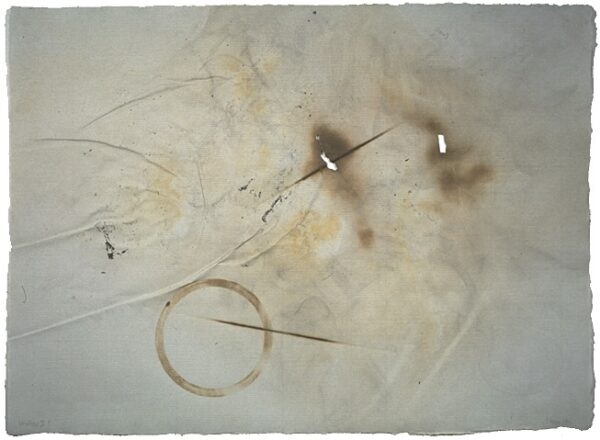
One in a series of 57 monotypes with branding on smoked paper.
varies 17½–19¼ x 25¾–26¼"; varies 17½–19¼ x 25¾–26¼".
Crown Point Press and Pamela Paulson.
$12,000 fair market value Unavailable

One in a series of 57 monotypes with branding on smoked paper.
varies 17½–19¼ x 25¾–26¼"; varies 17½–19¼ x 25¾–26¼".
Crown Point Press and Pamela Paulson.
$12,000 fair market value Unavailable
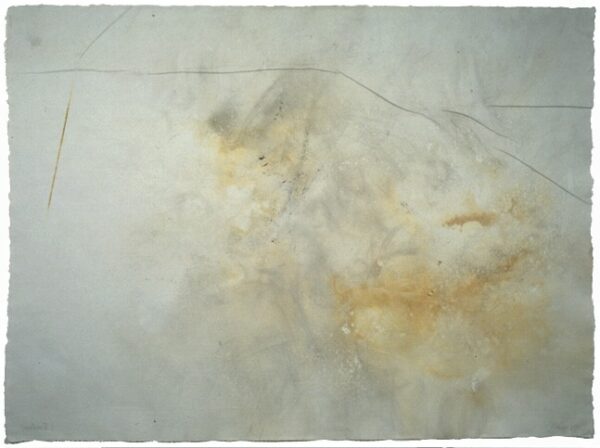
One in a series of 57 monotypes with branding on smoked paper.
varies 17½–19¼ x 25¾–26¼"; varies 17½–19¼ x 25¾–26¼".
Crown Point Press and Pamela Paulson.
$12,000 fair market value Unavailable

One in a series of 57 monotypes with branding on smoked paper.
varies 17½–19¼ x 25¾–26¼"; varies 17½–19¼ x 25¾–26¼".
Crown Point Press and Pamela Paulson.
$12,000 fair market value Unavailable
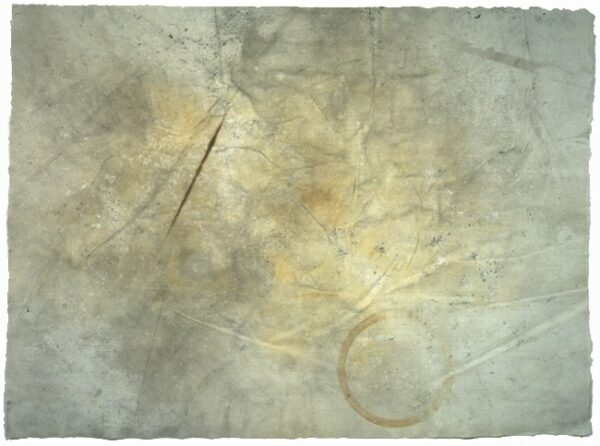
One in a series of 57 monotypes with branding on smoked paper.
varies 17½–19¼ x 25¾–26¼"; varies 17½–19¼ x 25¾–26¼".
Crown Point Press and Pamela Paulson.
$12,000 fair market value Unavailable
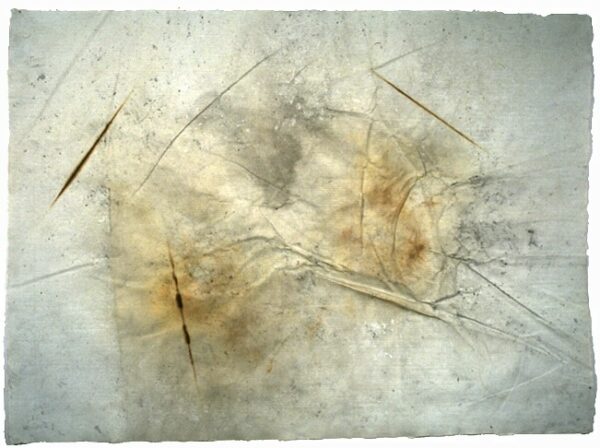
One in a series of 57 monotypes with branding on smoked paper.
varies 17½–19¼ x 25¾–26¼"; varies 17½–19¼ x 25¾–26¼".
Crown Point Press and Pamela Paulson.
$12,000 fair market value Unavailable
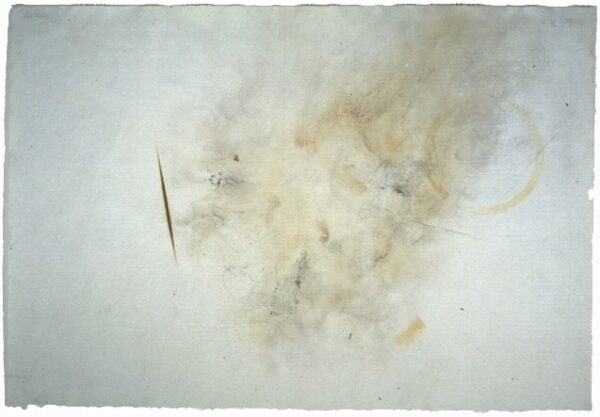
One in a series of 57 monotypes with branding on smoked paper.
varies 17½–19¼ x 25¾–26¼"; varies 17½–19¼ x 25¾–26¼".
Crown Point Press and Pamela Paulson.
$12,000 fair market value Unavailable

One in a series of 57 monotypes with branding on smoked paper.
varies 17½–19¼ x 25¾–26¼"; varies 17½–19¼ x 25¾–26¼".
Crown Point Press and Pamela Paulson.
$12,000 fair market value Unavailable

One in a series of 57 monotypes with branding on smoked paper.
varies 17½–19¼ x 25¾–26¼"; varies 17½–19¼ x 25¾–26¼".
Crown Point Press and Pamela Paulson.
$12,000 fair market value Unavailable
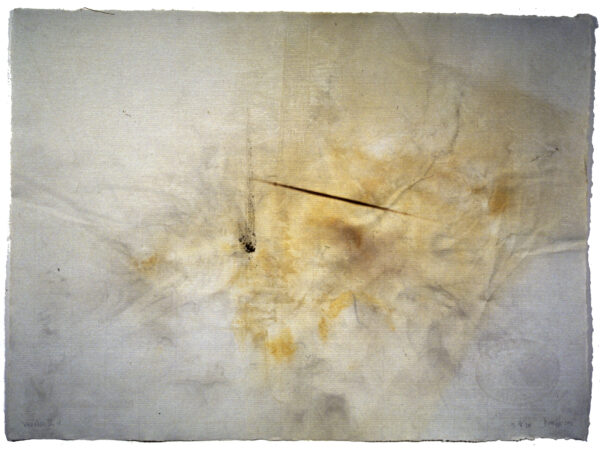
One in a series of 57 monotypes with branding on smoked paper.
varies 17½–19¼ x 25¾–26¼"; varies 17½–19¼ x 25¾–26¼".
Crown Point Press and Pamela Paulson.
$12,000 fair market value Unavailable

One in a series of 57 monotypes with branding on smoked paper.
varies 17½–19¼ x 25¾–26¼"; varies 17½–19¼ x 25¾–26¼".
Crown Point Press and Pamela Paulson.
$12,000 fair market value Unavailable
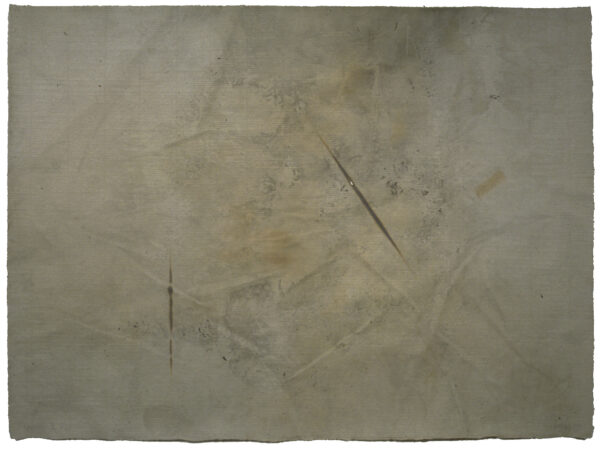
One in a series of 57 monotypes with branding on smoked paper.
varies 17½–19¼ x 25¾–26¼"; varies 17½–19¼ x 25¾–26¼".
Crown Point Press and Pamela Paulson.
$12,000 fair market value Unavailable
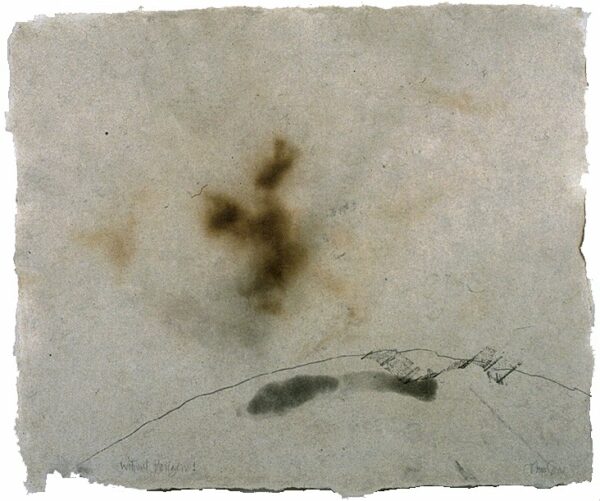
One in a series of 57 unique prints with drypoint, aquatint, and hard and soft ground etching on smoked paper.
7½ x 8½"; 7½ x 8½".
Crown Point Press and Pamela Paulson.
$15,000 fair market value Unavailable

One in a series of 57 unique prints with drypoint, aquatint, and hard and soft ground etching on smoked paper.
7½ x 8½"; 7½ x 8½".
Crown Point Press and Pamela Paulson.
$15,000 fair market value Unavailable

One in a series of 57 unique prints with drypoint, aquatint, and hard and soft ground etching on smoked paper.
7½ x 8½"; 7½ x 8½".
Crown Point Press and Pamela Paulson.
$15,000 fair market value Unavailable

One in a series of 57 unique prints with drypoint, aquatint, and hard and soft ground etching on smoked paper.
7½ x 8½"; 7½ x 8½".
Crown Point Press and Pamela Paulson.
$15,000 fair market value Unavailable
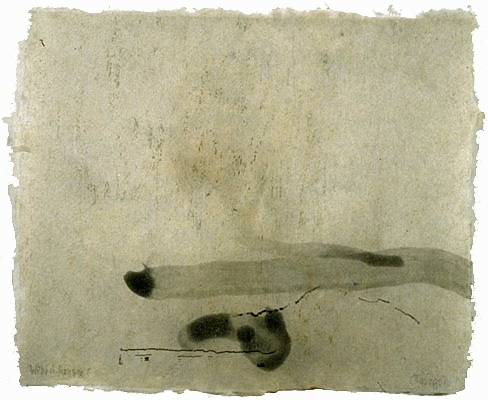
One in a series of 57 unique prints with drypoint, aquatint, and hard and soft ground etching on smoked paper.
7½ x 8½"; 7½ x 8½".
Crown Point Press and Pamela Paulson.
$15,000 fair market value Unavailable
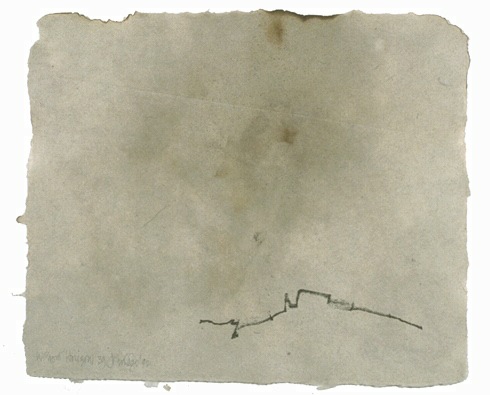
One in a series of 57 unique prints with drypoint, aquatint, and hard and soft ground etching on smoked paper.
7½ x 8½"; 7½ x 8½".
Crown Point Press and Pamela Paulson.
$15,000 fair market value Unavailable
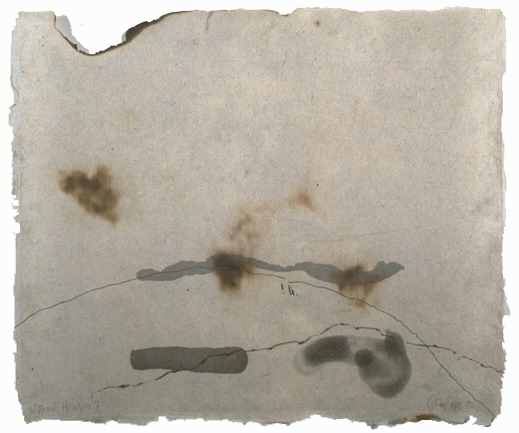
One in a series of 57 unique prints with drypoint, aquatint, and hard and soft ground etching on smoked paper.
7½ x 8½"; 7½ x 8½".
Crown Point Press and Pamela Paulson.
$15,000 fair market valu Unavailable

One in a series of 57 unique prints with drypoint, aquatint, and hard and soft ground etching on smoked paper.
7½ x 8½"; 7½ x 8½".
Crown Point Press and Pamela Paulson.
$15,000 fair market value Unavailable
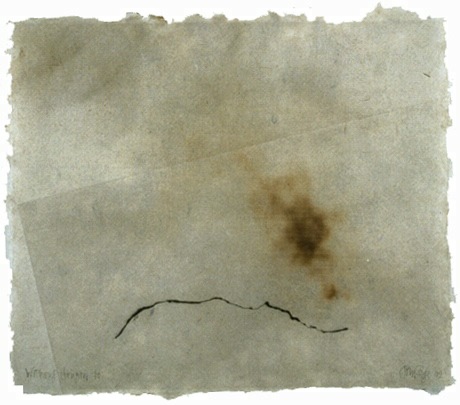
One in a series of 57 unique prints with drypoint, aquatint, and hard and soft ground etching on smoked paper.
7½ x 8½"; 7½ x 8½".
Crown Point Press and Pamela Paulson.
$15,000 fair market value Unavailable
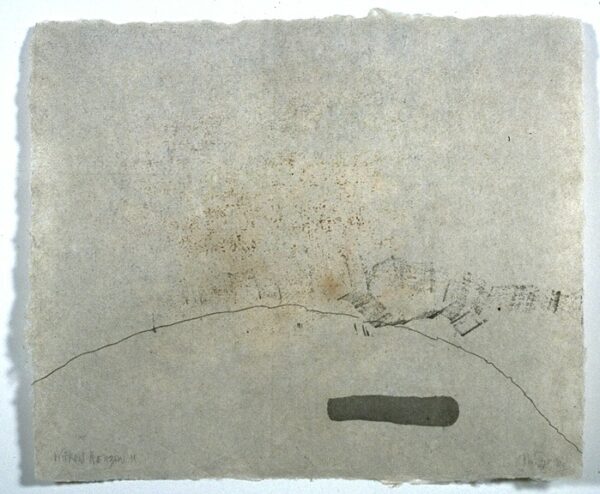
One in a series of 57 unique prints with drypoint, aquatint, and hard and soft ground etching on smoked paper.
7½ x 8½"; 7½ x 8½".
Crown Point Press and Pamela Paulson.
$15,000 fair market value Unavailable
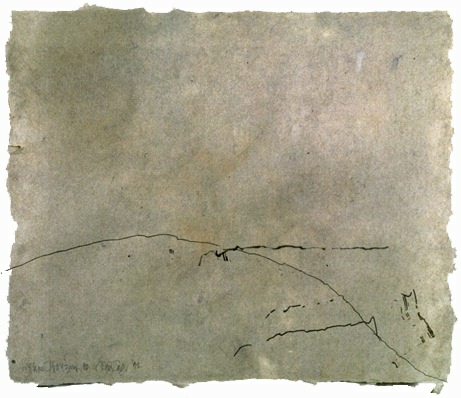
One in a series of 57 unique prints with drypoint, aquatint, and hard and soft ground etching on smoked paper.
7½ x 8½"; 7½ x 8½".
Crown Point Press and Pamela Paulson.
$15,000 fair market value Unavailable
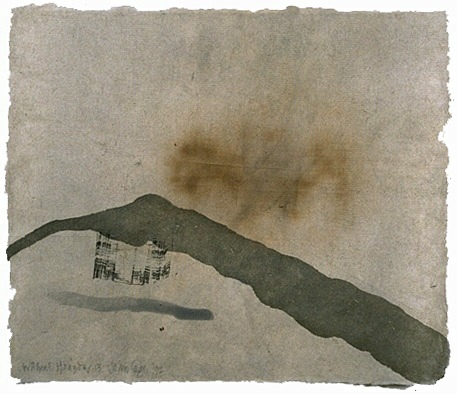
One in a series of 57 unique prints with drypoint, aquatint, and hard and soft ground etching on smoked paper.
7½ x 8½"; 7½ x 8½".
Crown Point Press and Pamela Paulson.
$15,000 fair market value Unavailable

One in a series of 57 unique prints with drypoint, aquatint, and hard and soft ground etching on smoked paper.
7½ x 8½"; 7½ x 8½".
Crown Point Press and Pamela Paulson.
$15,000 fair market value Unavailable
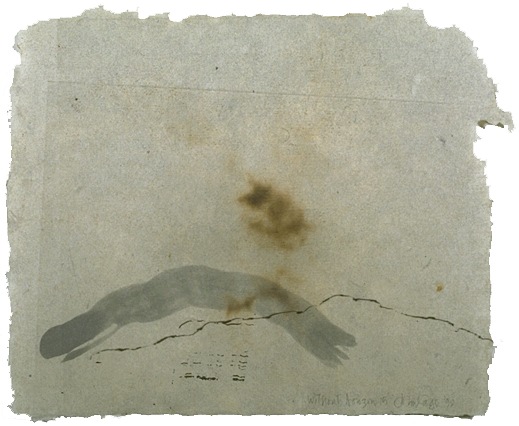
One in a series of 57 unique prints with drypoint, aquatint, and hard and soft ground etching on smoked paper.
7½ x 8½"; 7½ x 8½".
Crown Point Press and Pamela Paulson.
$15,000 fair market value Unavailable
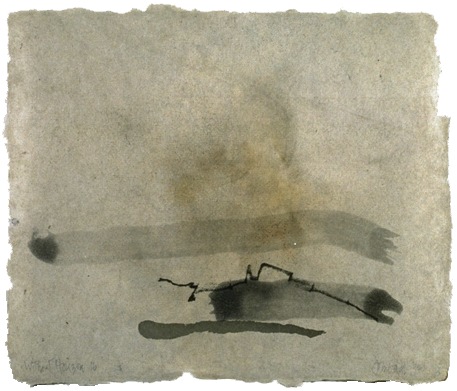
One in a series of 57 unique prints with drypoint, aquatint, and hard and soft ground etching on smoked paper.
7½ x 8½"; 7½ x 8½".
Crown Point Press and Pamela Paulson.
$15,000 fair market value Unavailable
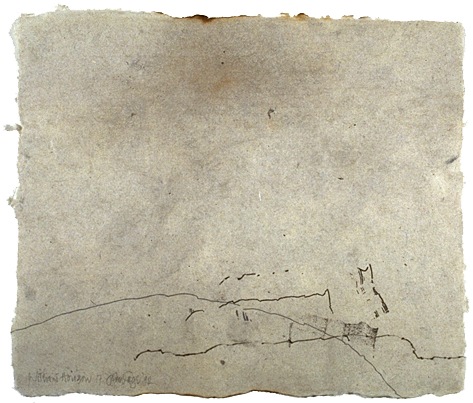
One in a series of 57 unique prints with drypoint, aquatint, and hard and soft ground etching on smoked paper.
7½ x 8½"; 7½ x 8½".
Crown Point Press and Pamela Paulson.
$15,000 fair market value Unavailable
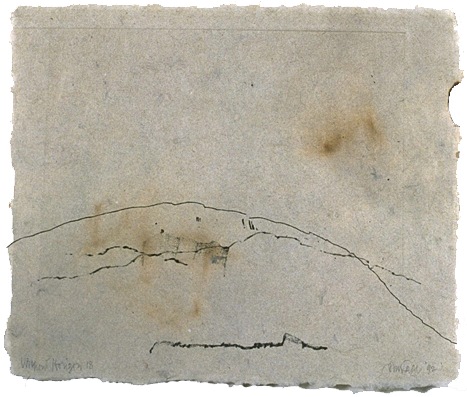
One in a series of 57 unique prints with drypoint, aquatint, and hard and soft ground etching on smoked paper.
7½ x 8½"; 7½ x 8½".
Crown Point Press and Pamela Paulson.
$15,000 fair market value Unavailable

One in a series of 57 unique prints with drypoint, aquatint, and hard and soft ground etching on smoked paper.
7½ x 8½"; 7½ x 8½".
Crown Point Press and Pamela Paulson.
$15,000 fair market value Unavailable
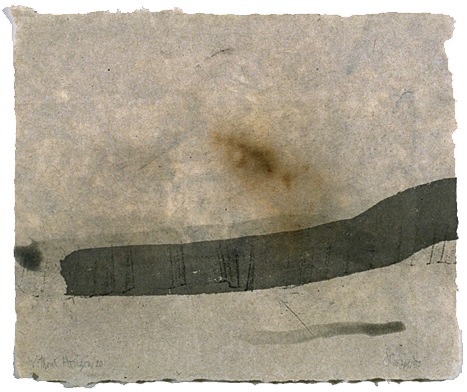
One in a series of 57 unique prints with drypoint, aquatint, and hard and soft ground etching on smoked paper.
7½ x 8½"; 7½ x 8½".
Crown Point Press and Pamela Paulson.
$15,000 fair market value Unavailable

One in a series of 57 unique prints with drypoint, aquatint, and hard and soft ground etching on smoked paper.
7½ x 8½"; 7½ x 8½".
Crown Point Press and Pamela Paulson.
$15,000 fair market value Unavailable
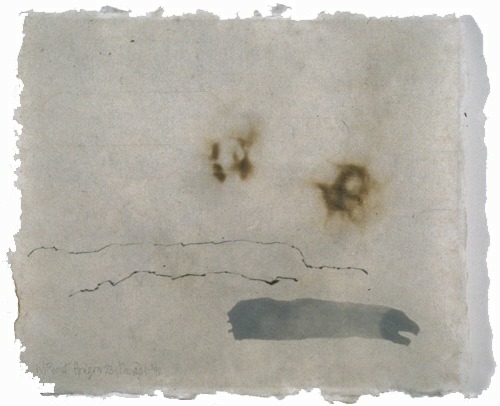
One in a series of 57 unique prints with drypoint, aquatint, and hard and soft ground etching on smoked paper.
7½ x 8½"; 7½ x 8½".
Crown Point Press and Pamela Paulson.
$15,000 fair market value Unavailable

One in a series of 57 unique prints with drypoint, aquatint, and hard and soft ground etching on smoked paper.
7½ x 8½"; 7½ x 8½".
Crown Point Press and Pamela Paulson.
$15,000 fair market value Unavailable

One in a series of 57 unique prints with drypoint, aquatint, and hard and soft ground etching on smoked paper.
7½ x 8½"; 7½ x 8½".
Crown Point Press and Pamela Paulson.
$15,000 fair market value Unavailable
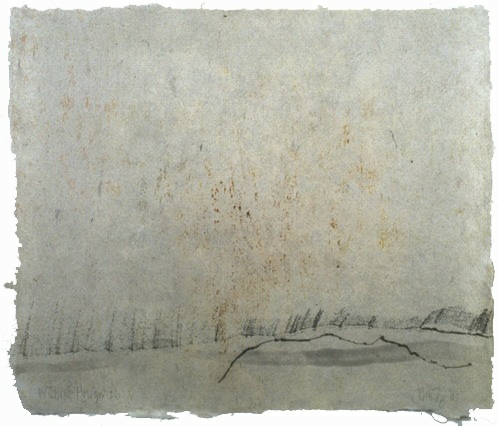
One in a series of 57 unique prints with drypoint, aquatint, and hard and soft ground etching on smoked paper.
7½ x 8½"; 7½ x 8½".
Crown Point Press and Pamela Paulson.
$15,000 fair market value Unavailable
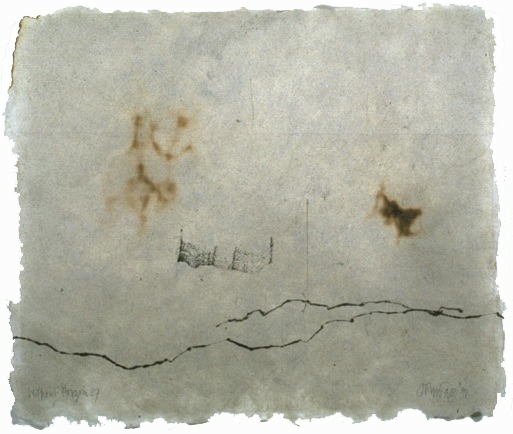
One in a series of 57 unique prints with drypoint, aquatint, and hard and soft ground etching on smoked paper.
7½ x 8½"; 7½ x 8½".
Crown Point Press and Pamela Paulson.
$15,000 fair market value Unavailable
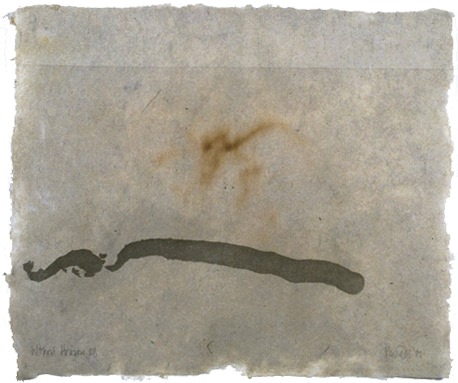
One in a series of 57 unique prints with drypoint, aquatint, and hard and soft ground etching on smoked paper.
7½ x 8½"; 7½ x 8½".
Crown Point Press and Pamela Paulson.
$15,000 fair market value Unavailable
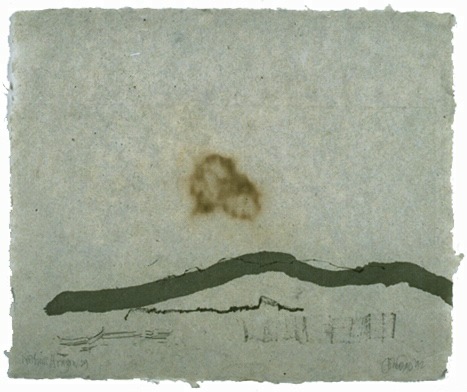
One in a series of 57 unique prints with drypoint, aquatint, and hard and soft ground etching on smoked paper.
7½ x 8½"; 7½ x 8½".
Crown Point Press and Pamela Paulson.
$15,000 fair market value Unavailable
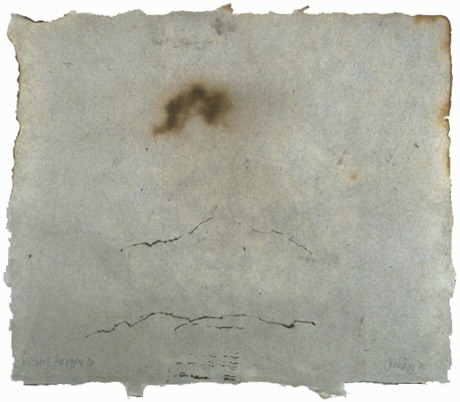
One in a series of 57 unique prints with drypoint, aquatint, and hard and soft ground etching on smoked paper.
7½ x 8½"; 7½ x 8½".
Crown Point Press and Pamela Paulson.
$15,000 fair market value Unavailable
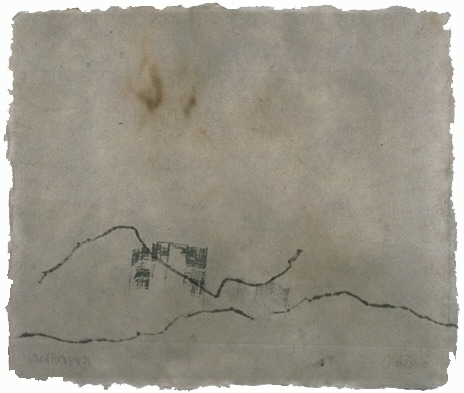
One in a series of 57 unique prints with drypoint, aquatint, and hard and soft ground etching on smoked paper.
7½ x 8½"; 7½ x 8½".
Crown Point Press and Pamela Paulson.
$15,000 fair market value Unavailable
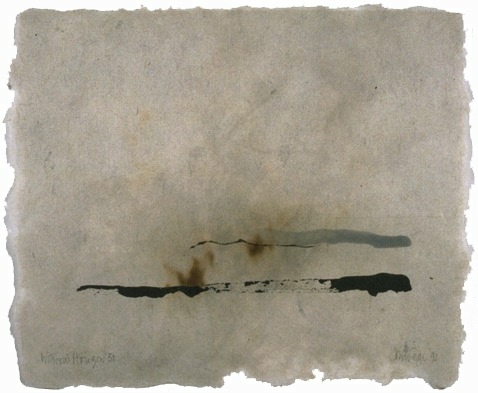
One in a series of 57 unique prints with drypoint, aquatint, and hard and soft ground etching on smoked paper.
7½ x 8½"; 7½ x 8½".
Crown Point Press and Pamela Paulson.
$15,000 fair market value Unavailable
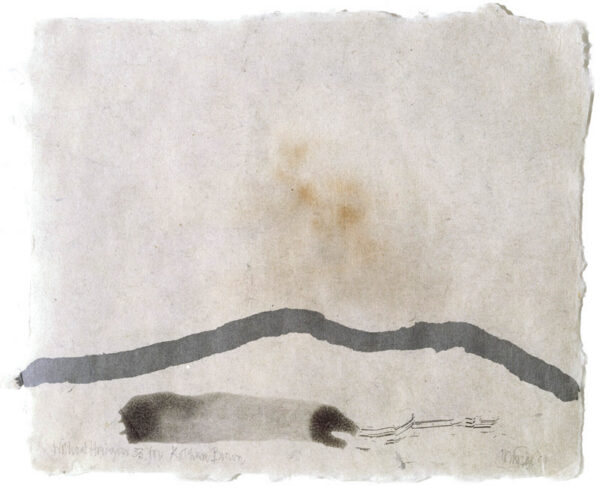
One in a series of 57 unique prints with drypoint, aquatint, and hard and soft ground etching on smoked paper.
7½ x 8½"; 7½ x 8½".
Crown Point Press and Pamela Paulson.
$15,000 fair market value Unavailable
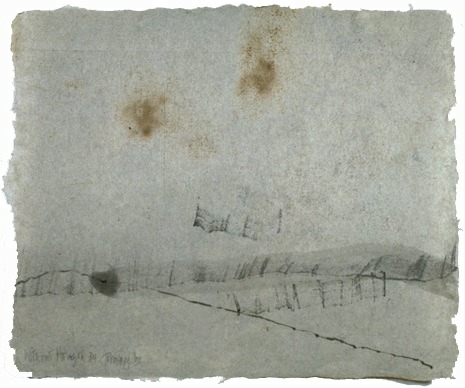
One in a series of 57 unique prints with drypoint, aquatint, and hard and soft ground etching on smoked paper.
7½ x 8½"; 7½ x 8½".
Crown Point Press and Pamela Paulson.
$15,000 fair market value Unavailable

One in a series of 57 unique prints with drypoint, aquatint, and hard and soft ground etching on smoked paper.
7½ x 8½"; 7½ x 8½".
Crown Point Press and Pamela Paulson.
$15,000 fair market value Unavailable

One in a series of 57 unique prints with drypoint, aquatint, and hard and soft ground etching on smoked paper.
7½ x 8½"; 7½ x 8½".
Crown Point Press and Pamela Paulson.
$15,000 fair market value Unavailable

One in a series of 57 unique prints with drypoint, aquatint, and hard and soft ground etching on smoked paper.
7½ x 8½"; 7½ x 8½".
Crown Point Press and Pamela Paulson.
$15,000 fair market value Unavailable
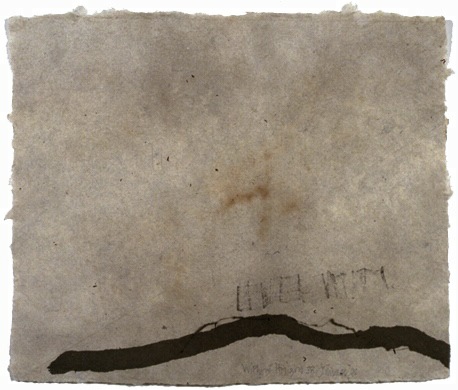
One in a series of 57 unique prints with drypoint, aquatint, and hard and soft ground etching on smoked paper.
7½ x 8½"; 7½ x 8½".
Crown Point Press and Pamela Paulson.
$15,000 fair market value Unavailable

One in a series of 57 unique prints with drypoint, aquatint, and hard and soft ground etching on smoked paper.
7½ x 8½"; 7½ x 8½".
Crown Point Press and Pamela Paulson.
$15,000 fair market value Unavailable
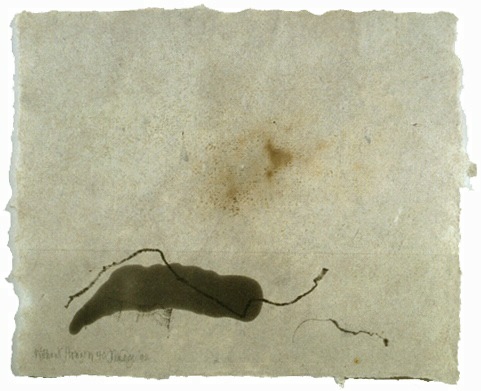
One in a series of 57 unique prints with drypoint, aquatint, and hard and soft ground etching on smoked paper.
7½ x 8½"; 7½ x 8½".
Crown Point Press and Pamela Paulson.
$15,000 fair market value Unavailable

One in a series of 57 unique prints with drypoint, aquatint, and hard and soft ground etching on smoked paper.
7½ x 8½"; 7½ x 8½".
Crown Point Press and Pamela Paulson.
$15,000 fair market value Unavailable
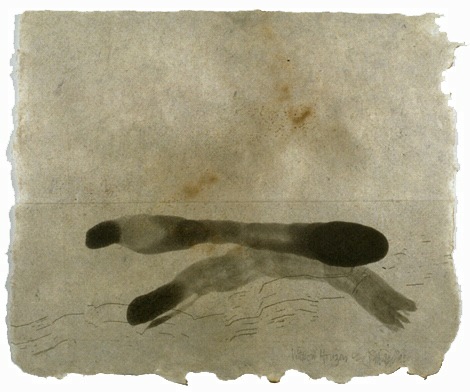
One in a series of 57 unique prints with drypoint, aquatint, and hard and soft ground etching on smoked paper.
7½ x 8½"; 7½ x 8½".
Crown Point Press and Pamela Paulson.
$15,000 fair market value Unavailable
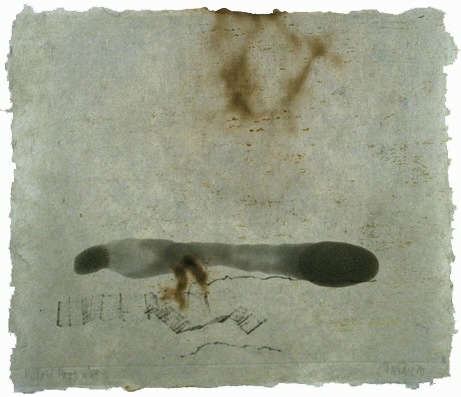
One in a series of 57 unique prints with drypoint, aquatint, and hard and soft ground etching on smoked paper.
7½ x 8½"; 7½ x 8½".
Crown Point Press and Pamela Paulson.
$15,000 fair market value Unavailable
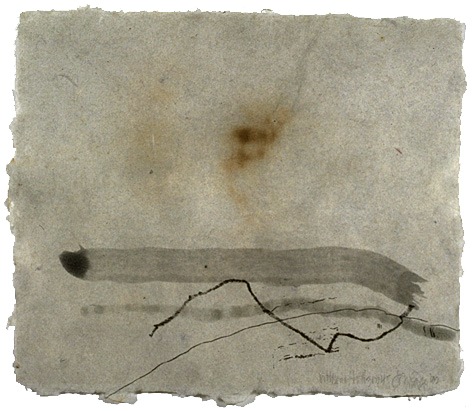
One in a series of 57 unique prints with drypoint, aquatint, and hard and soft ground etching on smoked paper.
7½ x 8½"; 7½ x 8½".
Crown Point Press and Pamela Paulson.
$15,000 fair market value Unavailable
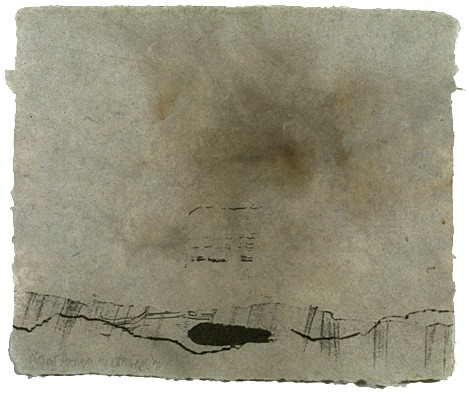
One in a series of 57 unique prints with drypoint, aquatint, and hard and soft ground etching on smoked paper.
7½ x 8½"; 7½ x 8½".
Crown Point Press and Pamela Paulson.
$15,000 fair market value Unavailable

One in a series of 57 unique prints with drypoint, aquatint, and hard and soft ground etching on smoked paper.
7½ x 8½"; 7½ x 8½".
Crown Point Press and Pamela Paulson.
$15,000 fair market value Unavailable

One in a series of 57 unique prints with drypoint, aquatint, and hard and soft ground etching on smoked paper.
7½ x 8½"; 7½ x 8½".
Crown Point Press and Pamela Paulson.
$15,000 fair market value Unavailable
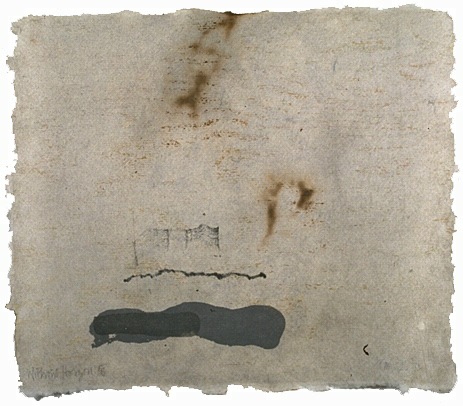
One in a series of 57 unique prints with drypoint, aquatint, and hard and soft ground etching on smoked paper.
7½ x 8½"; 7½ x 8½".
Crown Point Press and Pamela Paulson.
$15,000 fair market value Unavailable
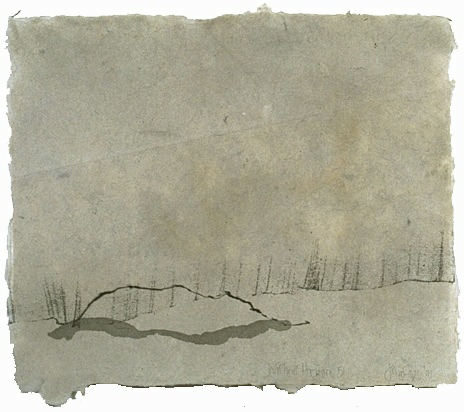
One in a series of 57 unique prints with drypoint, aquatint, and hard and soft ground etching on smoked paper.
7½ x 8½"; 7½ x 8½".
Crown Point Press and Pamela Paulson.
$15,000 fair market value Unavailable

One in a series of 57 unique prints with drypoint, aquatint, and hard and soft ground etching on smoked paper.
7½ x 8½"; 7½ x 8½".
Crown Point Press and Pamela Paulson.
$15,000 fair market value Unavailable

One in a series of 57 unique prints with drypoint, aquatint, and hard and soft ground etching on smoked paper.
7½ x 8½"; 7½ x 8½".
Crown Point Press and Pamela Paulson.
$15,000 fair market value Unavailable
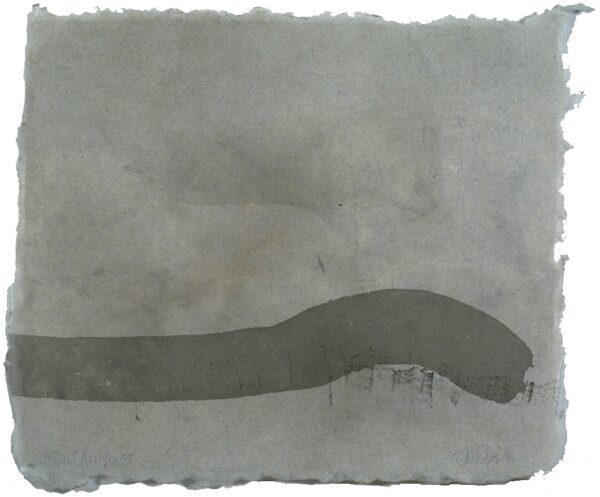
One in a series of 57 unique prints with drypoint, aquatint, and hard and soft ground etching on smoked paper.
7½ x 8½"; 7½ x 8½".
Crown Point Press and Pamela Paulson.
$15,000 fair market value Unavailable

One in a series of 57 unique prints with drypoint, aquatint, and hard and soft ground etching on smoked paper.
7½ x 8½"; 7½ x 8½".
Crown Point Press and Pamela Paulson.
$15,000 fair market value Unavailable

One in a series of 57 unique prints with drypoint, aquatint, and hard and soft ground etching on smoked paper.
7½ x 8½"; 7½ x 8½".
Crown Point Press and Pamela Paulson.
$15,000 fair market value Unavailable
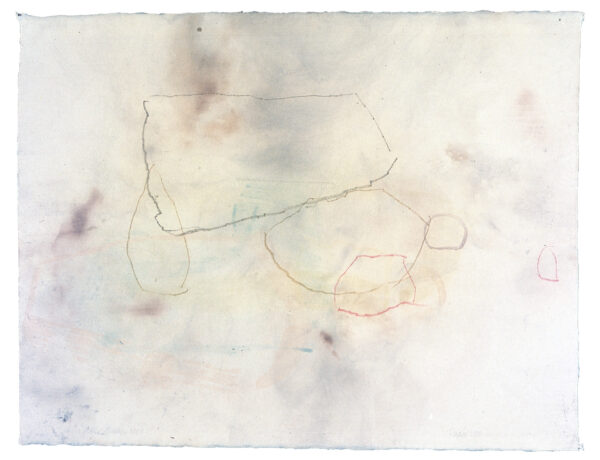
One from a series of 37 unique prints; drypoint, spit bite and sugar lift aquatints with soft ground etching on smoked paper.
15½ x 20"; 15½ x 20".
Crown Point Press and Paul Mullowney.
$20,000 fair market value Unavailable

One from a series of 37 unique prints; drypoint, spit bite and sugar lift aquatints with soft ground etching on smoked paper.
15½ x 20"; 15½ x 20".
Crown Point Press and Paul Mullowney.
$20,000 fair market value Unavailable

One from a series of 37 unique prints; drypoint, spit bite and sugar lift aquatints with soft ground etching on smoked paper.
15½ x 20"; 15½ x 20".
Crown Point Press and Paul Mullowney.
$20,000 fair market value Unavailable
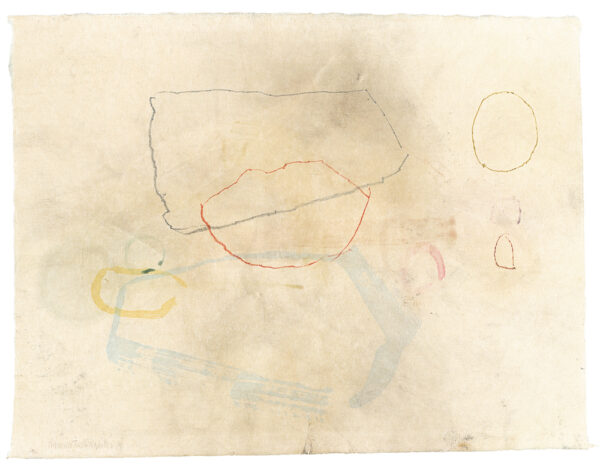
One from a series of 37 unique prints; drypoint, spit bite and sugar lift aquatints with soft ground etching on smoked paper.
15½ x 20"; 15½ x 20".
Crown Point Press and Paul Mullowney.
$20,000 fair market value Unavailable
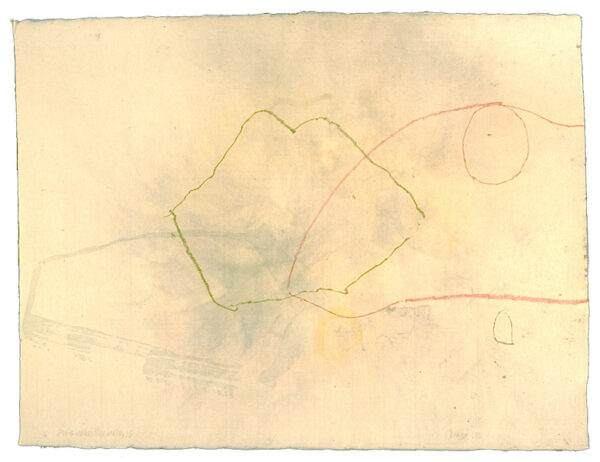
One from a series of 37 unique prints; drypoint, spit bite and sugar lift aquatints with soft ground etching on smoked paper.
15½ x 20"; 15½ x 20".
Crown Point Press and Paul Mullowney.
$20,000 fair market value Unavailable
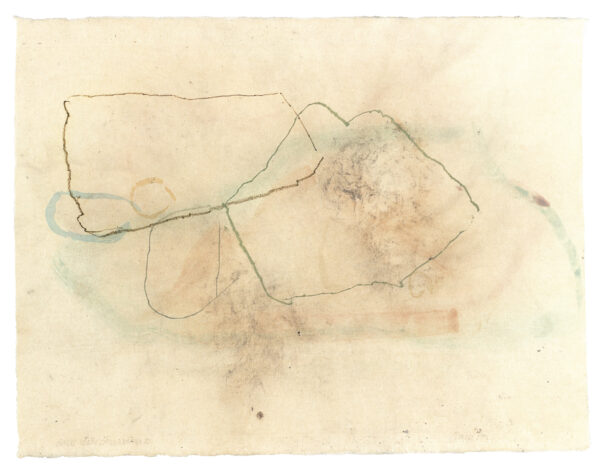
One from a series of 37 unique prints; drypoint, spit bite and sugar lift aquatints with soft ground etching on smoked paper.
15½ x 20"; 15½ x 20".
Crown Point Press and Paul Mullowney.
$20,000 fair market value Unavailable
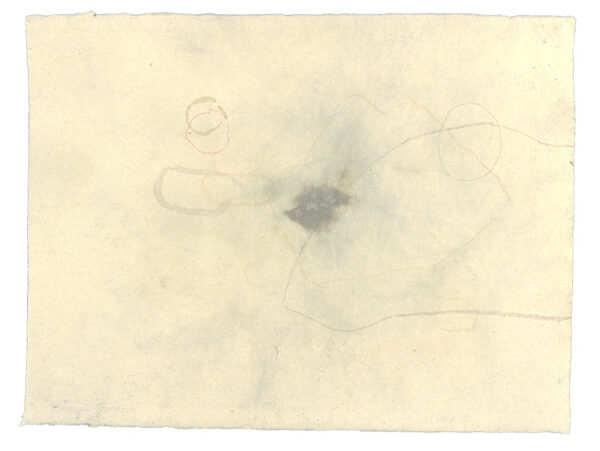
One from a series of 37 unique prints; drypoint, spit bite and sugar lift aquatints with soft ground etching on smoked paper.
15½ x 20"; 15½ x 20".
Crown Point Press and Paul Mullowney.
$20,000 fair market value Unavailable
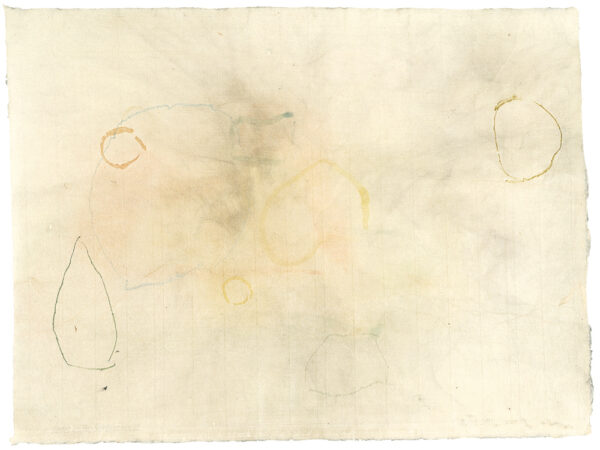
One from a series of 37 unique prints; drypoint, spit bite and sugar lift aquatints with soft ground etching on smoked paper.
15½ x 20"; 15½ x 20".
Crown Point Press and Paul Mullowney.
$20,000 fair market value Unavailable
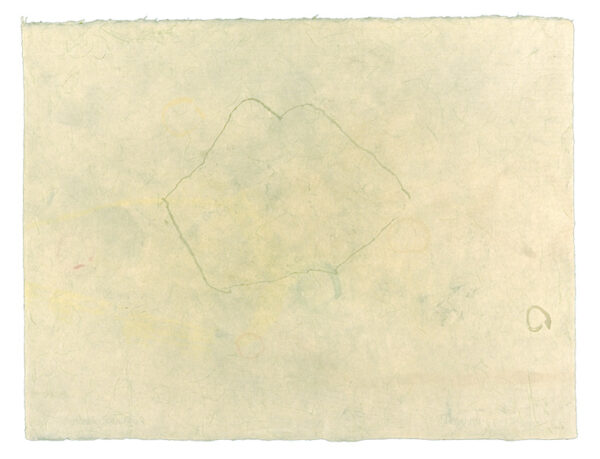
One from a series of 37 unique prints; drypoint, spit bite and sugar lift aquatints with soft ground etching on smoked paper.
15½ x 20"; 15½ x 20".
Crown Point Press and Paul Mullowney.
$20,000 fair market value Unavailable
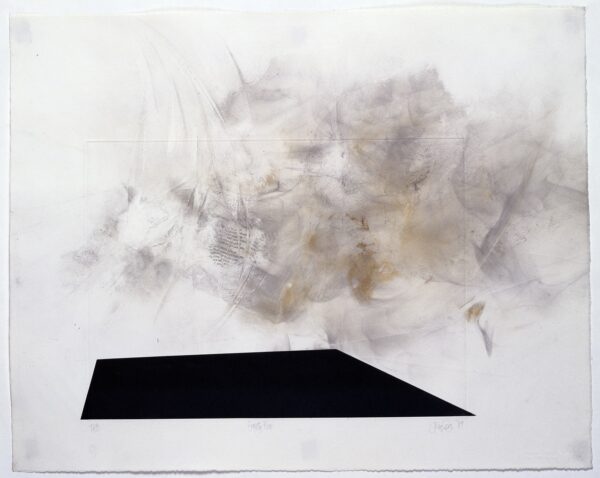
Aquatint on smoked paper.
11 x 15"; 18¼ x 23". 25.
Crown Point Press and Pamela Paulson.
$12,000 fair market value Unavailable

Aquatint on two sheets of brown smoked paper.
38½ x 26½"; 38½ x 26½". 15.
Crown Point Press and Pamela Paulson.
$15,000 fair market value Unavailable
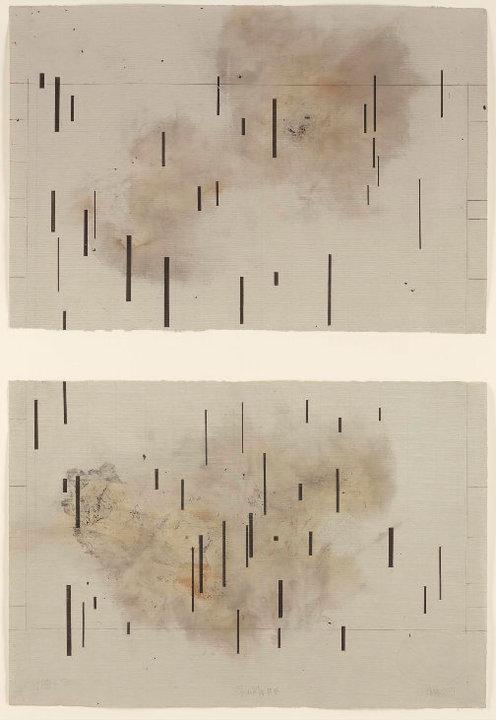
Aquatint on two sheets of gray smoked paper.
35½ x 26"; 35½ x 26". 15.
Crown Point Press and Pamela Paulson.
$15,000 fair market value Unavailable
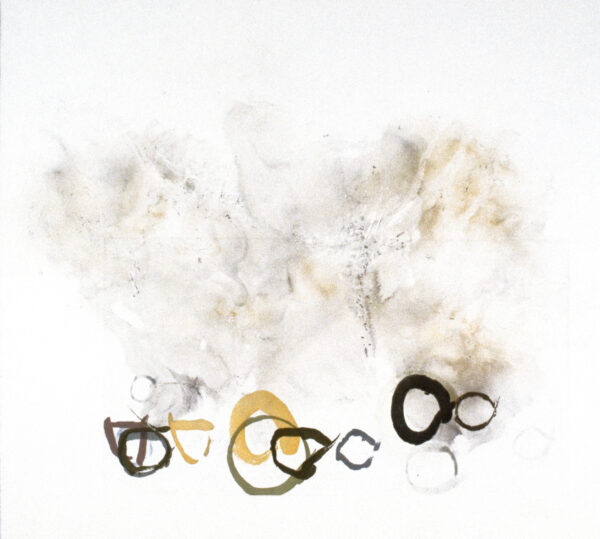
Color spit bite and sugar lift aquatints on smoked paper.
8 x 14"; 18¼ x 23". 20.
Crown Point Press and Pamela Paulson.
$14,000 fair market value Unavailable
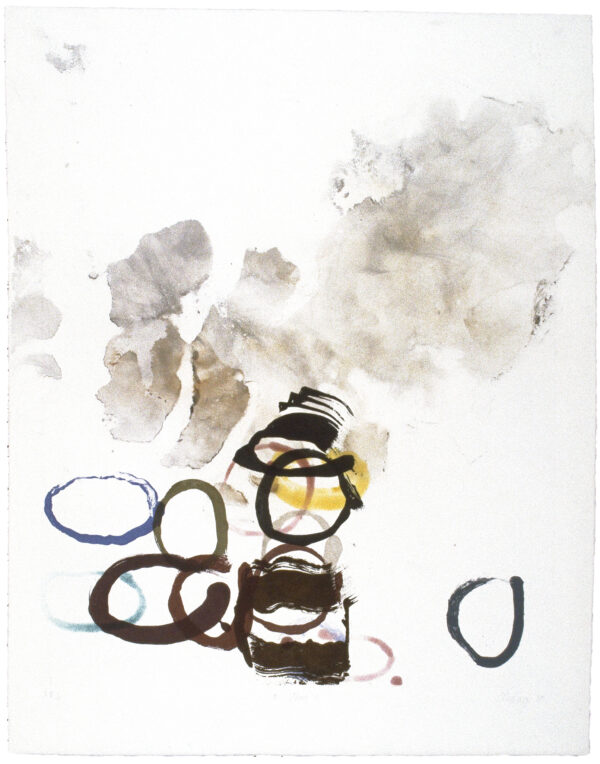
Color spit bite and sugar lift aquatints on smoked paper.
14 x 16"; 23 x 18¼". 20.
Crown Point Press and Pamela Paulson.
$14,000 fair market value Unavailable

Color spit bite and sugar lift aquatints on smoked paper.
8 x 14½"; 18¼ x 23". 20.
Crown Point Press and Pamela Paulson.
$14,000 fair market value Unavailable
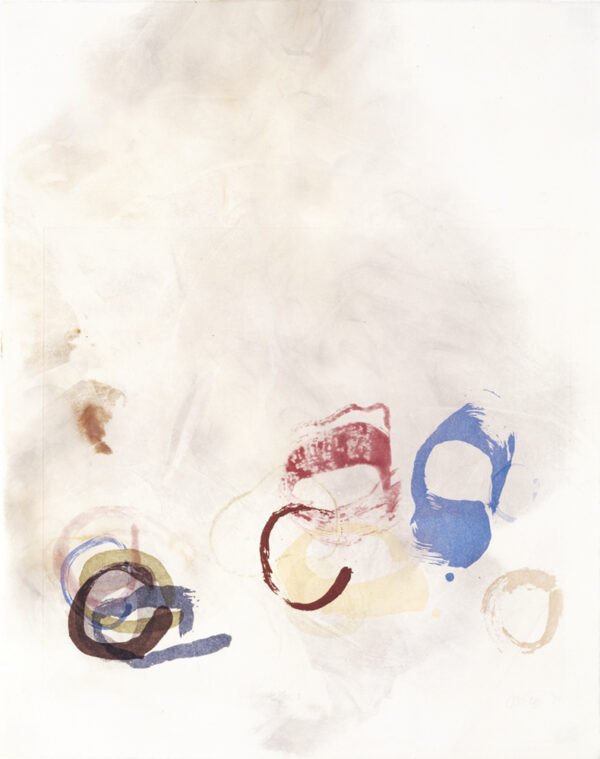
Color spit bite and sugar lift aquatints on smoked paper.
14 x 16"; 23 x 18¼". 20.
Crown Point Press and Pamela Paulson.
$14,000 fair market value Unavailable
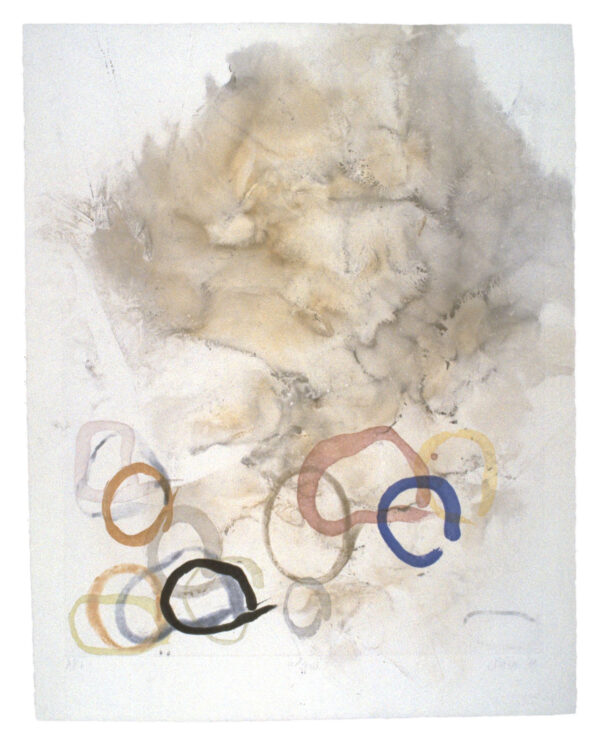
Color spit bite and sugar lift aquatints on smoked paper.
14 x 16"; 23 x 18¼". 20.
Crown Point Press and Pamela Paulson.
$14,000 fair market value Unavailable

Color spit bite and sugar lift aquatints on smoked paper.
8 x 14½"; 18¼ x 23". 20.
Crown Point Press and Pamela Paulson.
$14,000 fair market value Unavailable

From a series of 48 unique color aquatints with flat bite etching.
17 x 24"; 22¾ x 30".
Crown Point Press and Marcia Bartholme.
$8,000 fair market value Unavailable

From a series of 48 unique color aquatints with flat bite etching.
17 x 24"; 22¾ x 30".
Crown Point Press and Marcia Bartholme.
$8,000 fair market value Unavailable
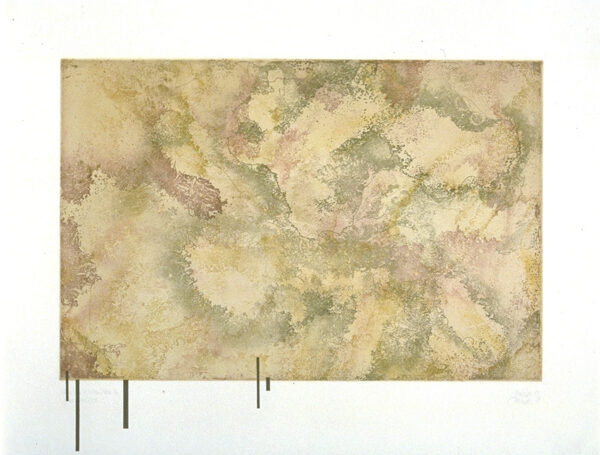
From a series of 48 unique color aquatints with flat bite etching.
17 x 24"; 22¾ x 30".
Crown Point Press and Marcia Bartholme.
$8,000 fair market value Unavailable

From a series of 48 unique color aquatints with flat bite etching.
17 x 24"; 22¾ x 30".
Crown Point Press and Marcia Bartholme.
$8,000 fair market value Unavailable
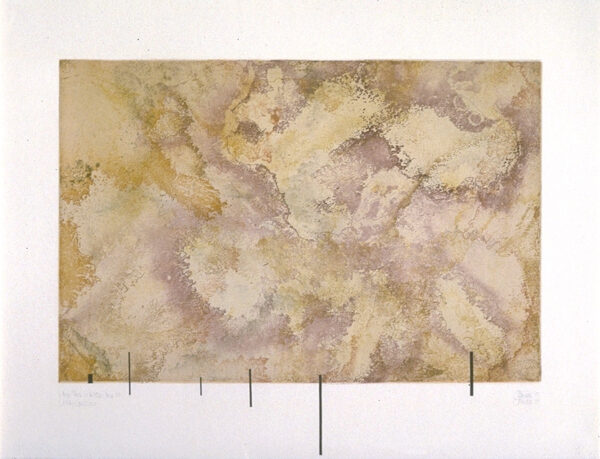
From a series of 48 unique color aquatints with flat bite etching.
17 x 24"; 22¾ x 30".
Crown Point Press and Marcia Bartholme.
$8,000 fair market value Unavailable

From a series of 48 unique color aquatints with flat bite etching.
17 x 24"; 22¾ x 30".
Crown Point Press and Marcia Bartholme.
$8,000 fair market value Unavailable

From a series of 48 unique color aquatints with flat bite etching.
17 x 24"; 22¾ x 30".
Crown Point Press and Marcia Bartholme.
$8,000 fair market value Unavailable
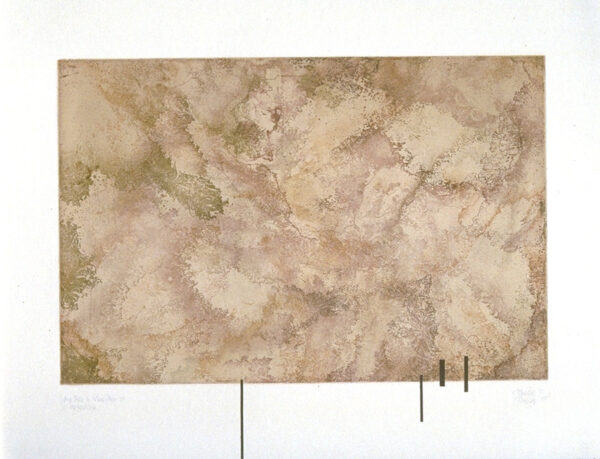
From a series of 48 unique color aquatints with flat bite etching.
17 x 24"; 22¾ x 30" .
Crown Point Press and Marcia Bartholme.
$8,000 InquireInquire

From a series of 48 unique color aquatints with flat bite etching.
17 x 24"; 22¾ x 30".
Crown Point Press and Marcia Bartholme.
$8,000 Unavailable
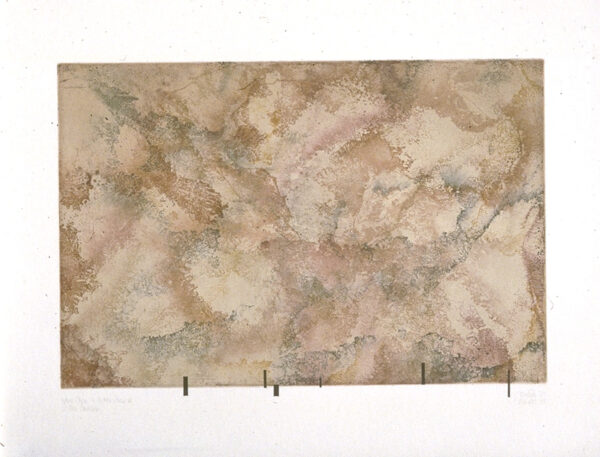
From a series of 48 unique color aquatints with flat bite etching.
17 x 24"; 22¾ x 30".
Crown Point Press and Marcia Bartholme.
$8,000 Unavailable
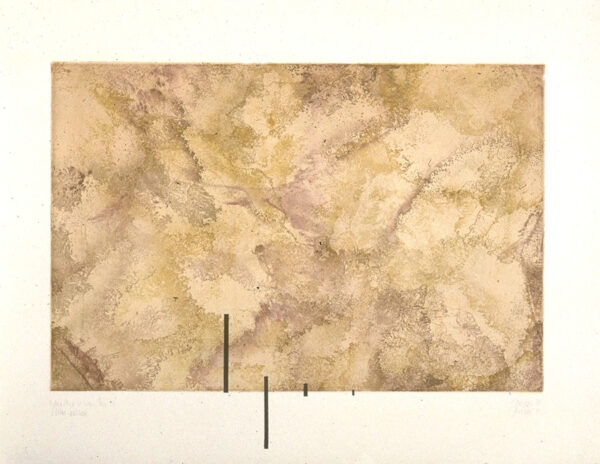
From a series of 48 unique color aquatints with flat bite etching.
17 x 24"; 22¾ x 30".
Crown Point Press and Marcia Bartholme.
$8,000 fair market value Unavailable

From a series of 48 unique color aquatints with flat bite etching.
17 x 24"; 22¾ x 30".
Crown Point Press and Marcia Bartholme.
$8,000 fair market value InquireInquire
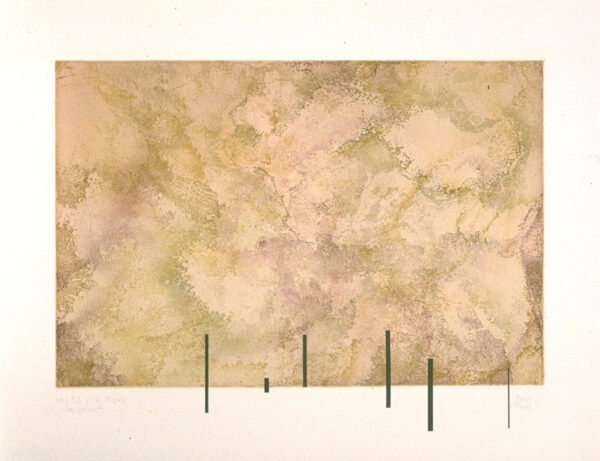
From a series of 48 unique color aquatints with flat bite etching.
17 x 24"; 22¾ x 30" .
Crown Point Press and Marcia Bartholme.
$8,000 fair market value Unavailable
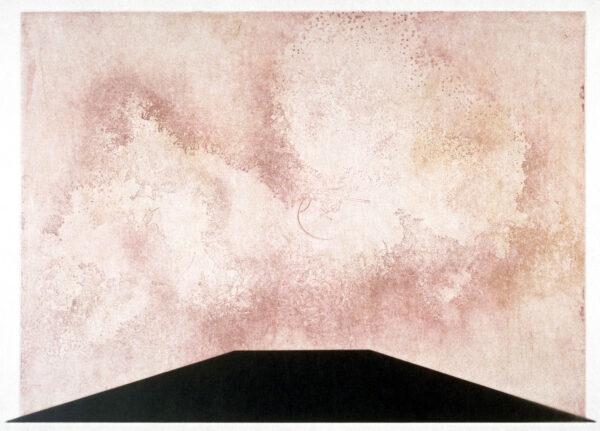
One from a series of 45 unique color aquatints with flat bite etching.
11 x 15¾"; 15¾ x 19".
Crown Point Press and Renée Bott.
$8,000 fair market value Unavailable

From a series of 44 smoke paper monotypes with branding.
9 x 11"; 9 x 11".
Crown Point Press and Marcia Bartholme.
$8,000 fair market value Unavailable

From a series of 44 smoke paper monotypes with branding.
9 x 11"; 9 x 11".
Crown Point Press and Marcia Bartholme.
$8,000 fair market value Unavailable
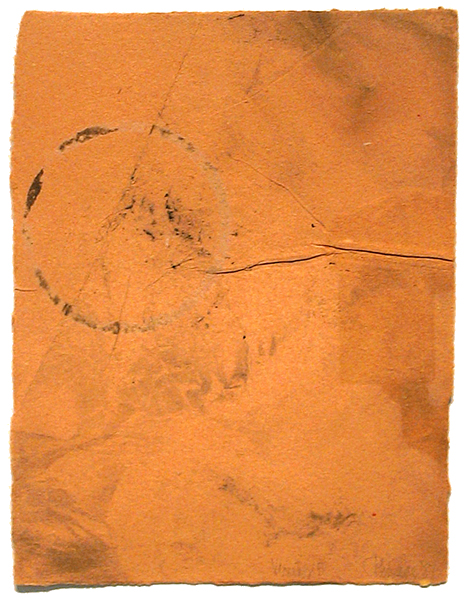
From a series of 44 smoke paper monotypes with branding.
9 x 11"; 9 x 11".
Crown Point Press and Marcia Bartholme.
$8,000 fair market value Unavailable
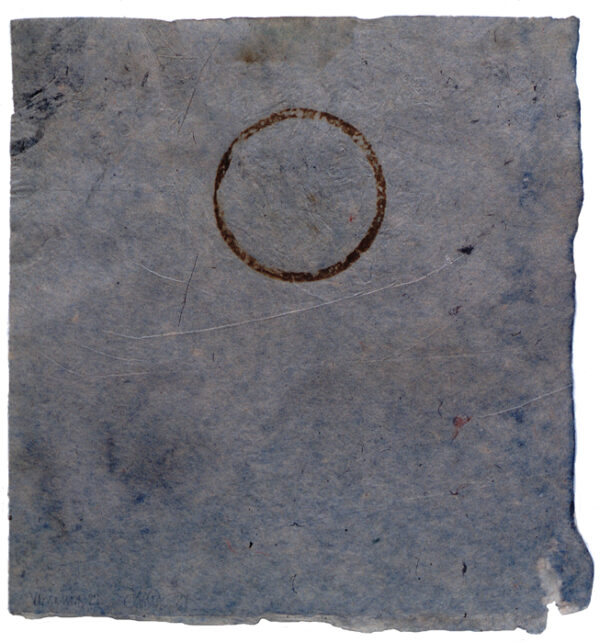
From a series of 44 smoke paper monotypes with branding.
9 x 11"; 9 x 11".
Crown Point Press and Marcia Bartholme.
$8,000 fair market value Unavailable
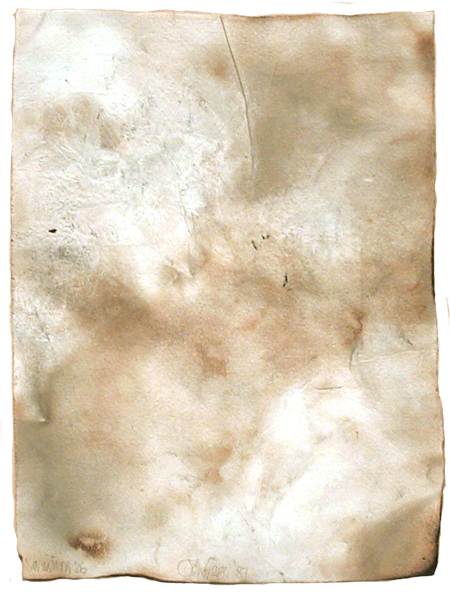
From a series of 44 smoked paper monotypes with branding.
9 x 11"; 9 x 11".
Crown Point Press and Marcia Bartholme.
$8,000 fair market value Unavailable

From a series of 44 smoke paper monotypes with branding.
9 x 11"; 9 x 11".
Crown Point Press and Marcia Bartholme.
$8,000 fair market value Unavailable
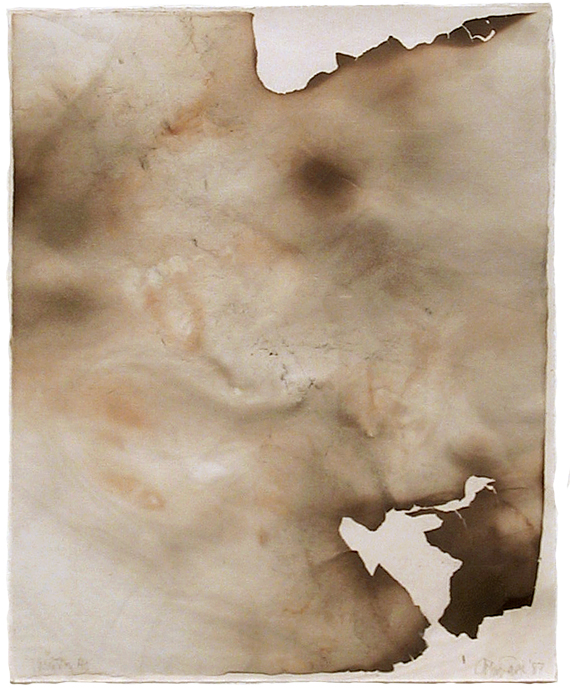
From a series of 44 smoke paper monotypes with branding.
9 x 11"; 9 x 11".
Crown Point Press and Marcia Bartholme.
$8,000 fair market value Unavailable

From a series of 44 smoke paper monotypes with branding.
9 x 11"; 9 x 11".
Crown Point Press and Marcia Bartholme.
$8,000 fair market value Unavailable
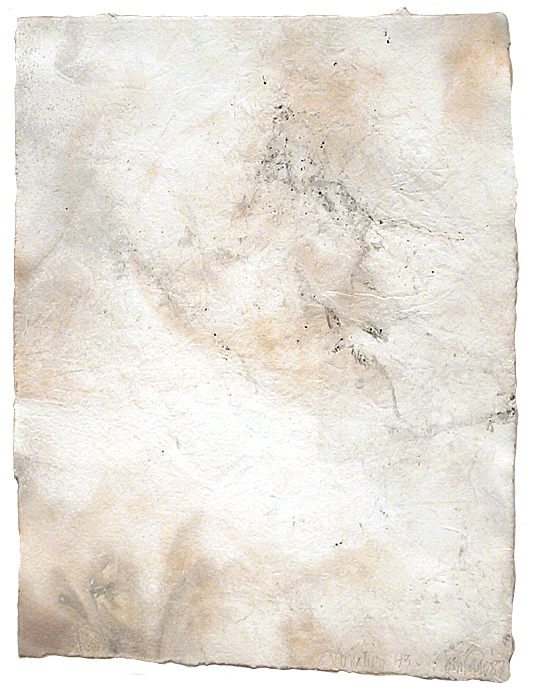
From a series of 44 smoke paper monotypes with branding.
9 x 11"; 9 x 11".
Crown Point Press and Marcia Bartholme.
$8,000 fair market value Unavailable

From a series of 44 smoke paper monotypes with branding.
9 x 11"; 9 x 11".
Crown Point Press and Marcia Bartholme.
$8,000 fair market value Unavailable
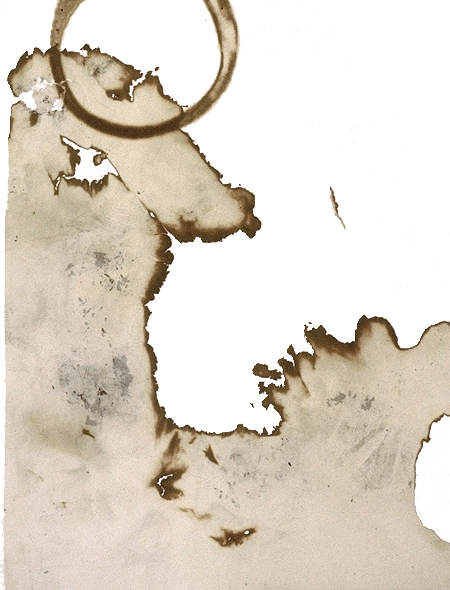
Number 9 from a series of 50 smoked paper monotypes with branding on gampi paper chine collé.
24½ x 18½"; 24½ x 18½".
Crown Point Press and Marcia Bartholme.
$11,500 fair market value Unavailable
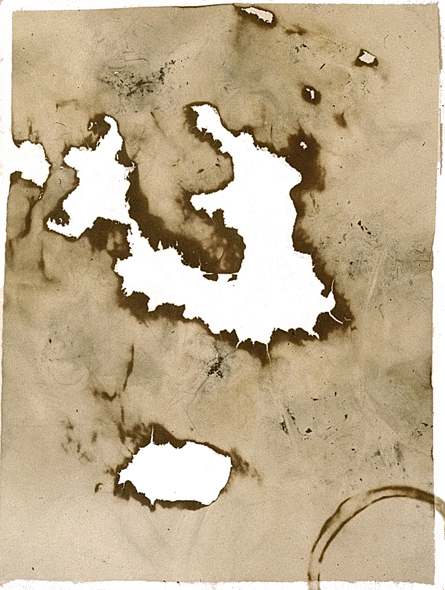
Number 11 from a series of 50 smoked paper monotypes with branding on gampi paper chine collé.
24½ x 18½"; 24½ x 18½".
Crown Point Press and Marcia Bartholme.
$11,500 fair market value Unavailable
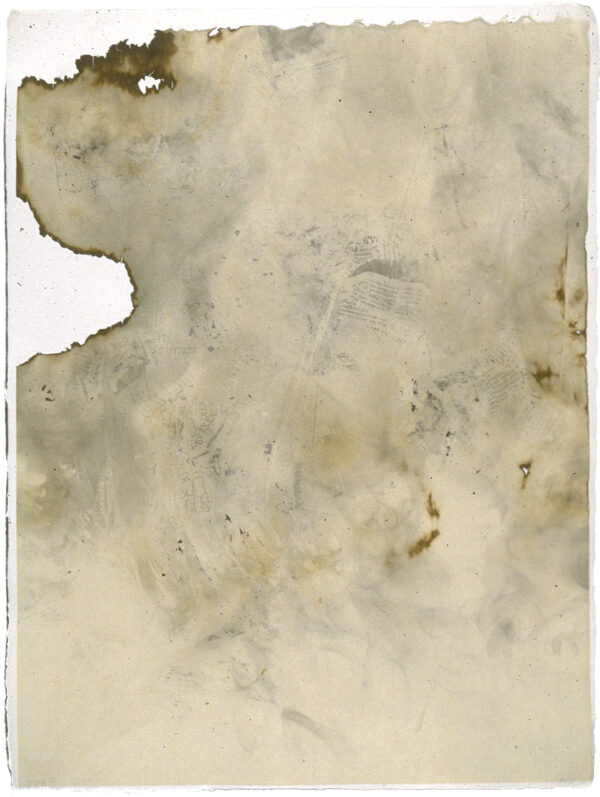
Number 14 from a series of 50 smoked paper monotypes with branding on gampi paper chine collé.
24½ x 18½"; 24½ x 18½".
Crown Point Press and Marcia Bartholme.
$11,500 fair market value Unavailable
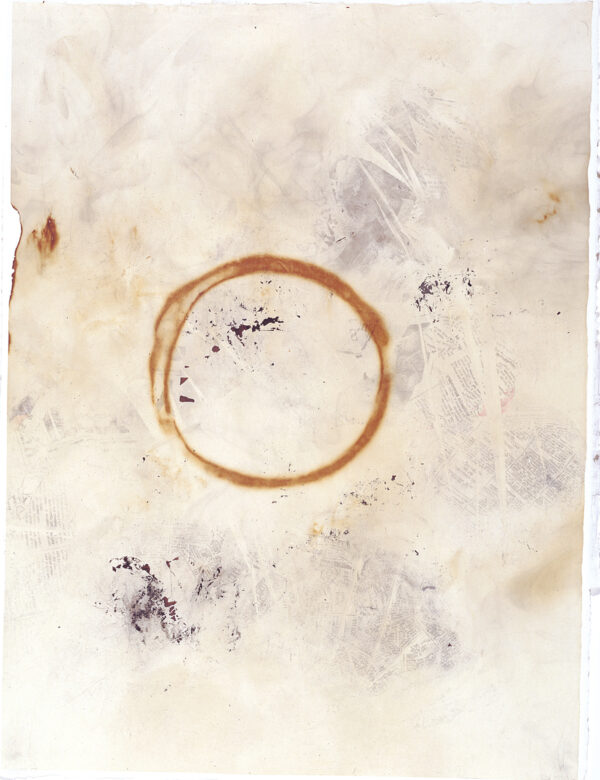
Number 17 from a series of 50 smoked paper monotypes with branding on gampi paper chine collé.
24½ x 18½"; 24½ x 18½".
Crown Point Press and Marcia Bartholme.
$11,500 fair market value Unavailable
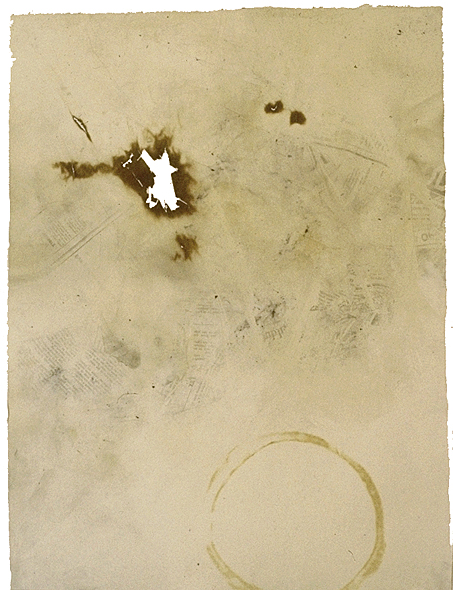
Number 19 from a series of 50 smoked paper monotypes with branding on gampi paper chine collé.
24½ x 18½"; 24½ x 18½".
Crown Point Press and Marcia Bartholme.
$11,500 fair market value Unavailable
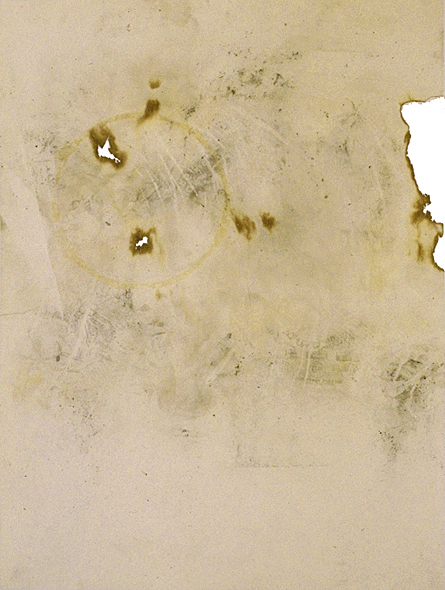
Number 24 from a series of 50 smoked paper monotypes with branding on gampi paper chine collé.
24½ x 18½"; 24½ x 18½".
Crown Point Press and Marcia Bartholme.
$11,500 fair market value Unavailable
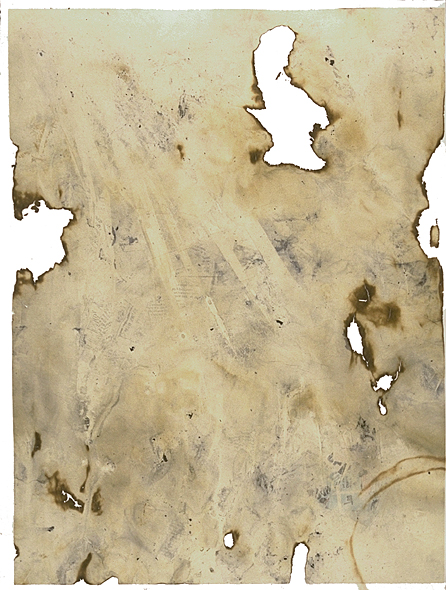
Number 25 from a series of 50 smoked paper monotypes with branding on gampi paper chine collé.
24½ x 18½"; 24½ x 18½".
Crown Point Press and Marcia Bartholme.
$11,500 fair market value Unavailable
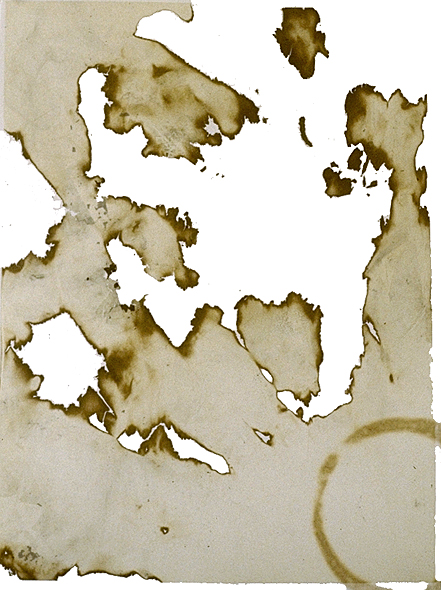
Number 26 from a series of 50 smoked paper monotypes with branding on gampi paper chine collé.
24½ x 18½"; 24½ x 18½".
Crown Point Press and Marcia Bartholme.
$11,500 fair market value Unavailable
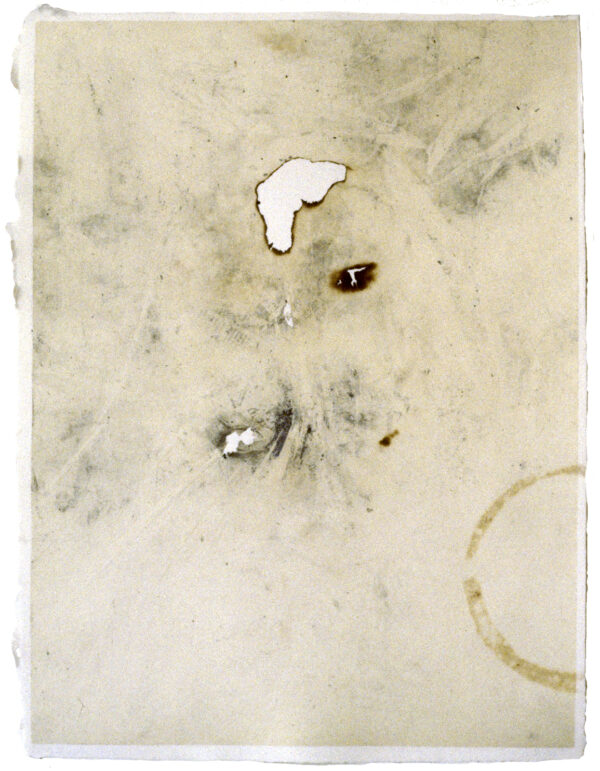
Number 28 from a series of 50 smoked paper monotypes with branding on gampi paper chine collé.
24½ x 18½"; 24½ x 18½".
Crown Point Press and Marcia Bartholme.
$11,500 fair market value Unavailable
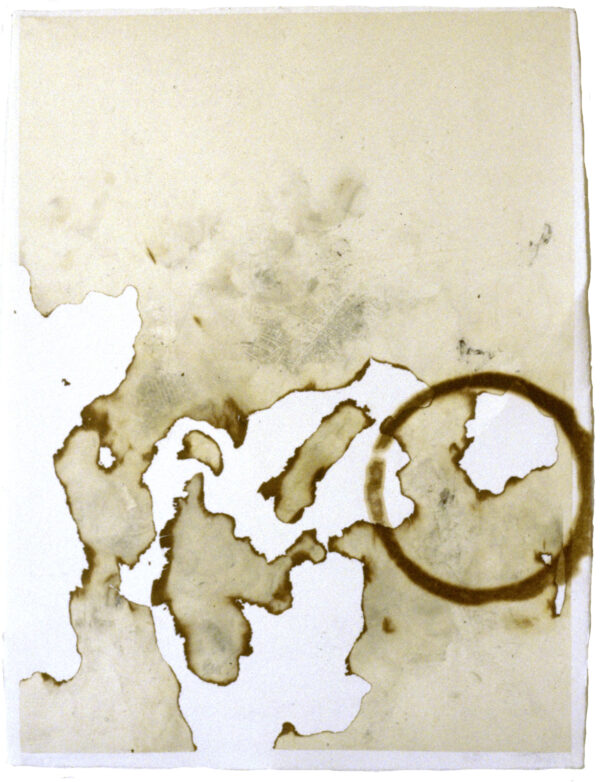
Number 30 from a series of 50 smoked paper monotypes with branding on gampi paper chine collé.
24½ x 18½"; 24½ x 18½".
Crown Point Press and Marcia Bartholme.
$11,500 fair market value Unavailable

Number 35 from a series of 50 smoked paper monotypes with branding on gampi paper chine collé.
24½ x 18½"; 24½ x 18½".
Crown Point Press and Marcia Bartholme.
$11,500 fair market value Unavailable

Number 37 from a series of 50 smoked paper monotypes with branding on gampi paper chine collé.
24½ x 18½"; 24½ x 18½".
Crown Point Press and Marcia Bartholme.
$11,500 fair market value Unavailable
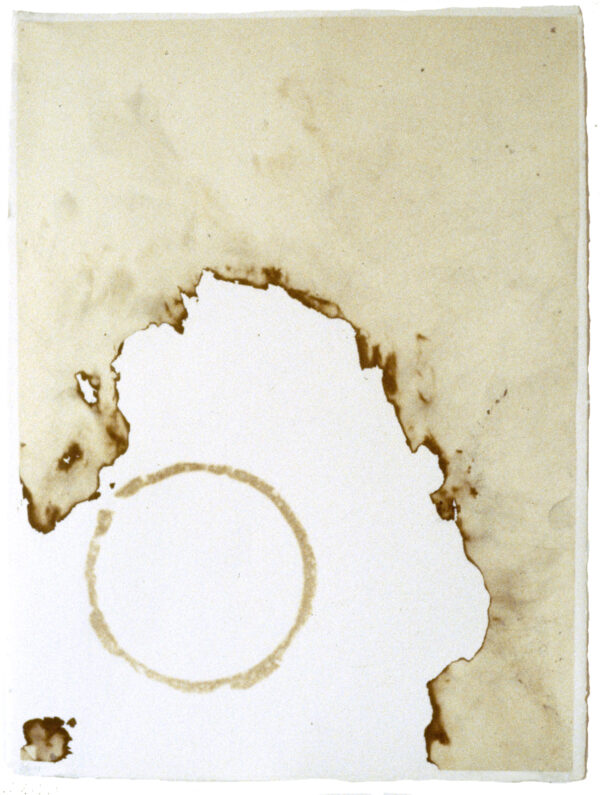
Number 42 from a series of 50 smoked paper monotypes with branding on gampi paper chine collé.
24½ x 18½"; 24½ x 18½".
Crown Point Press and Marcia Bartholme.
$11,500 fair market value Unavailable

Number 49 from a series of 50 smoked paper monotypes with branding on gampi paper chine collé.
24½ x 18½"; 24½ x 18½".
Crown Point Press and Marcia Bartholme.
$11,500 fair market value Unavailable

One from a series of 16 smoked paper monotypes with branding on gampi paper chine collé.
20 x 11½"; 20 x 11½".
Crown Point Press and Peter Pettengill.
$9,000 fair market value Unavailable
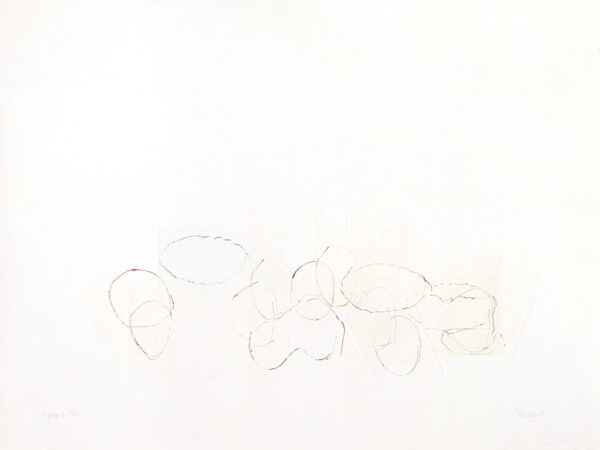
Number 4 from a set of 13 color drypoints.
18 x 24"; 18 x 24". 10.
Crown Point Press and Marcia Bartholme.
$12,000 fair market value Unavailable
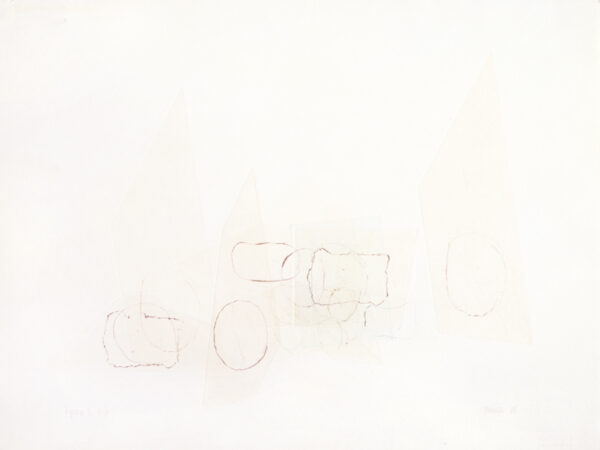
Number 6 from a set of 13 color drypoints.
18 x 24"; 18 x 24". 10.
Crown Point Press and Marcia Bartholme.
$12,000 fair market value Unavailable
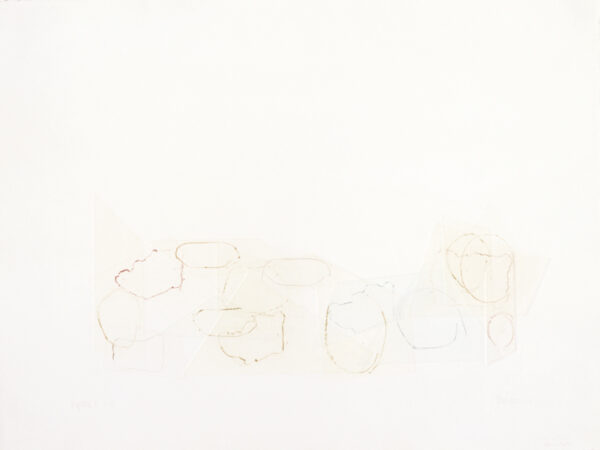
Number 8 from a set of 13 color drypoints.
18 x 24"; 18 x 24". 10.
Crown Point Press and Marcia Bartholme.
$12,000 fair market value Unavailable
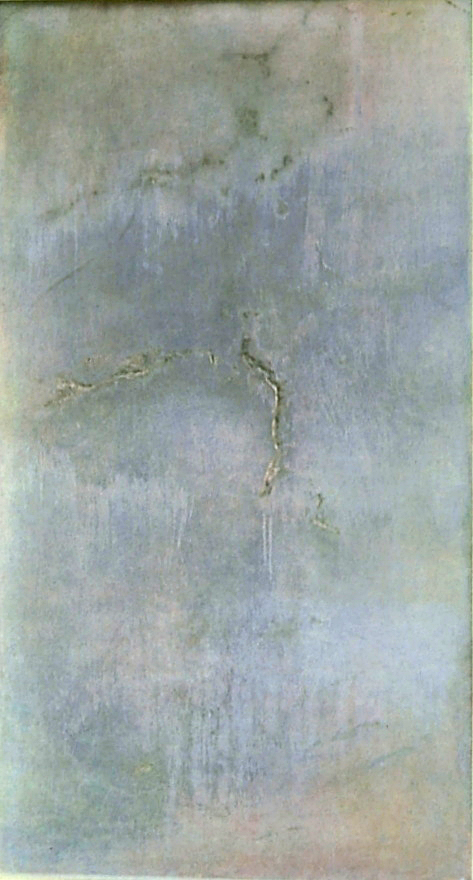
Color photoetching.
18¾ x 10"; 26½ x 16". 25.
Crown Point Press and Lilah Toland.
$9,000 fair market value Unavailable
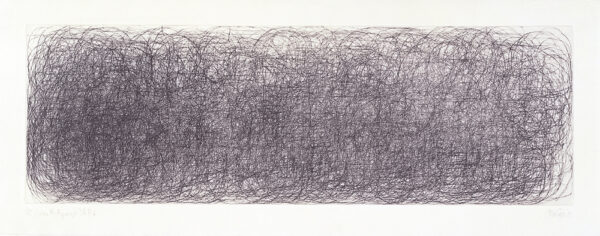
Drypoint.
7 x 21½; 9¼ x 23¼. 25.
Crown and Lilah Toland.
$12,000 fair market value Unavailable
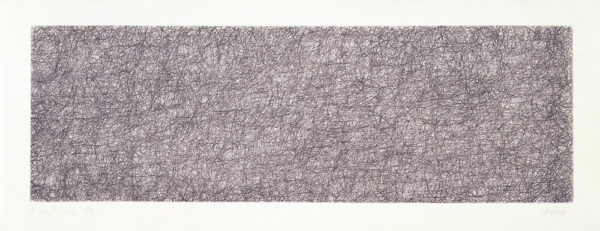
Drypoint.
7 x 21½"; 9¼ x 23¼. 25.
Crown Point Press and Lilah Toland.
$12,000 fair market value Unavailable
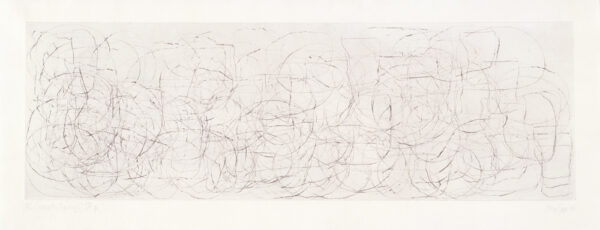
Drypoint.
7 x 21½"; 9¼ x 23¼". 25.
Crown Point Press and Lilah Toland.
$12,000 fair market value Unavailable

Drypoint.
7 x 21½; 9¼ x 23¼. 25.
Crown Point Press and Lilah Toland.
$12,000 fair market value Unavailable

Drypoint.
7 x 21½; 9¼ x 23¼. 25.
Crown Point Press and Lilah Toland.
$12,000 fair market value Unavailable
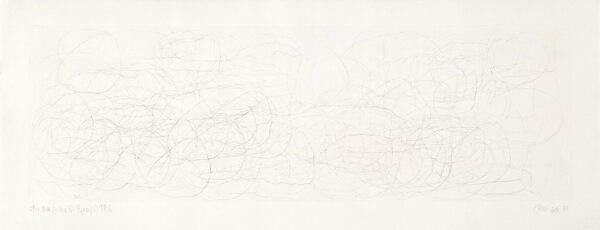
Drypoint.
7 x 21½; 9¼ x 23¼. 25.
Crown Point Press and Lilah Toland.
$12,000 fair market value Unavailable
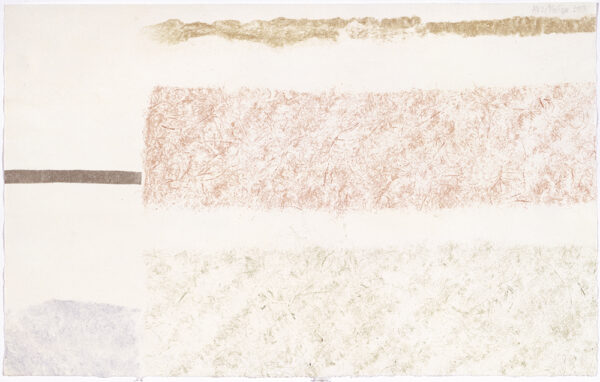
#2 from a series of 36 color monotype collagraphs.
11¾ x 18½"; 11¾ x 18½".
Crown Point Press and Lilah Toland.
$8,000 fair market value Unavailable

#11 from a series of 36 color monotype collagraphs.
11¾ x 18½"; 11¾ x 18½".
Crown Point Press and Lilah Toland.
$8,000 fair market value Unavailable

Number 1 from a series of 38 related color etchings with aquatint, engraving, photoetching and drypoint.
14 x 18"; 14 x 18".
Crown Point Press and Lilah Toland.
$20,000 fair market value Unavailable
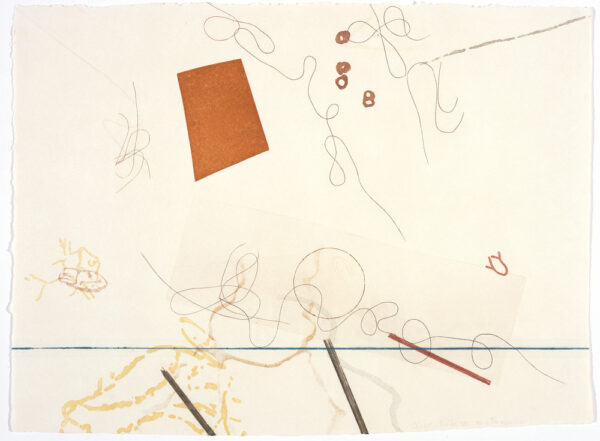
Number 2 from a series of 38 related color etchings with aquatint, engraving, photoetching and drypoint.
14 x 18"; 14 x 18".
Crown Point Press and Lilah Toland.
$20,000 fair market value Unavailable

Number 3 from a series of 38 related color etchings with aquatint, engraving, photoetching and drypoint.
14 x 18"; 14 x 18".
Crown Point Press and Lilah Toland.
$20,000 fair market value Unavailable

Number 4 from a series of 38 related color etchings with aquatint, engraving, photoetching and drypoint.
14 x 18"; 14 x 18".
Crown Point Press and Lilah Toland.
$20,000 fair market value Unavailable

Number 5 from a series of 38 related color etchings with aquatint, engraving, photoetching and drypoint.
14 x 18"; 14 x 18".
Crown Point Press and Lilah Toland.
$20,000 fair market value Unavailable

Number 6 from a series of 38 related color etchings with aquatint, engraving, photoetching and drypoint.
14 x 18"; 14 x 18".
Crown Point Press and Lilah Toland.
$20,000 fair market value Unavailable
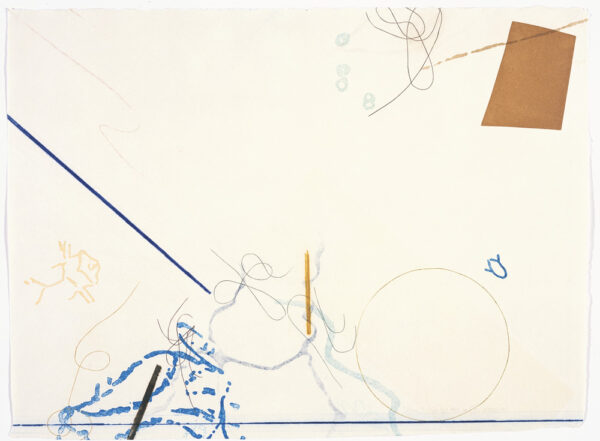
Number 7 from a series of 38 related color etchings with aquatint, engraving, photoetching and drypoint.
14 x 18"; 14 x 18".
Crown Point Press and Lilah Toland.
$20,000 fair market value Unavailable
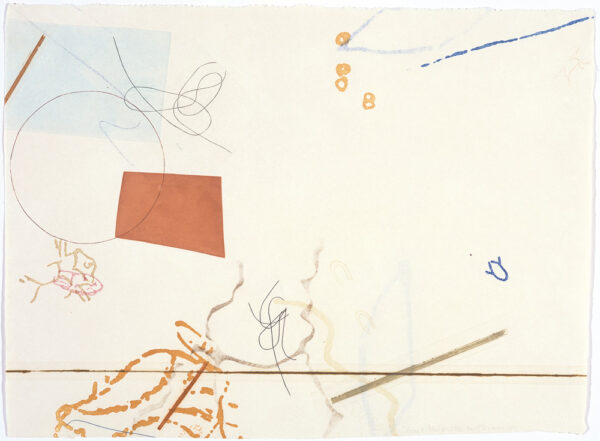
Number 8 from a series of 38 related color etchings with aquatint, engraving, photoetching and drypoint.
14 x 18"; 14 x 18".
Crown Point Press and Lilah Toland.
$20,000 fair market value Unavailable
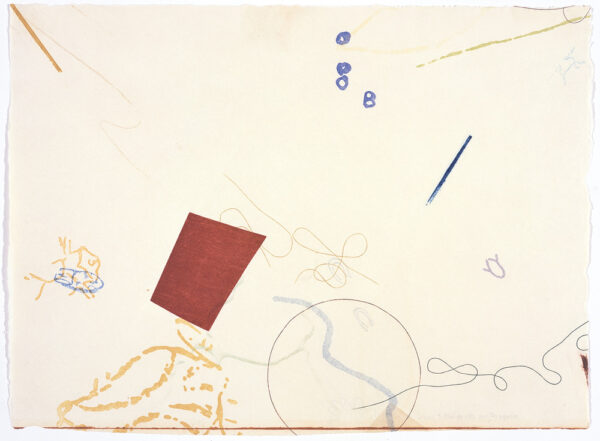
Number 9 from a series of 38 related color etchings with aquatint, engraving, photoetching and drypoint.
14 x 18"; 14 x 18".
Crown Point Press and Lilah Toland.
$20,000 fair market value Unavailable
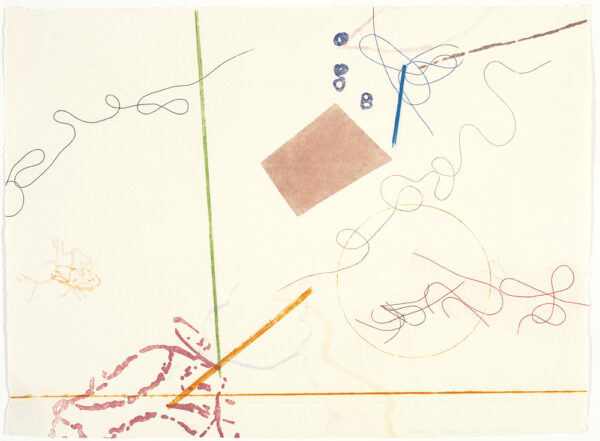
Number 10 from a series of 38 related color etchings with aquatint, engraving, photoetching and drypoint.
14 x 18"; 14 x 18".
Crown Point Press and Lilah Toland.
$20,000 fair market value Unavailable
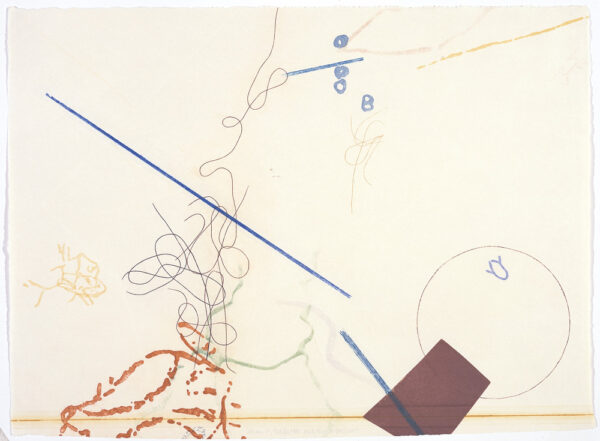
Number 11 from a series of 38 related color etchings with aquatint, engraving, photoetching and drypoint.
14 x 18"; 14 x 18".
Crown Point Press and Lilah Toland.
$20,000 fair market value Unavailable
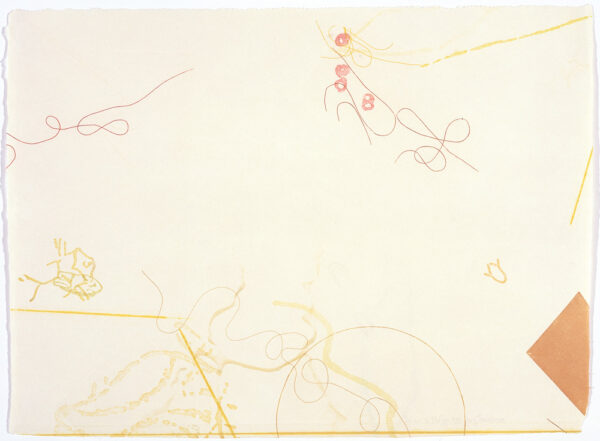
Number 12 from a series of 38 related color etchings with aquatint, engraving, photoetching and drypoint.
14 x 18"; 14 x 18".
Crown Point Press and Lilah Toland.
$20,000 fair market value Unavailable
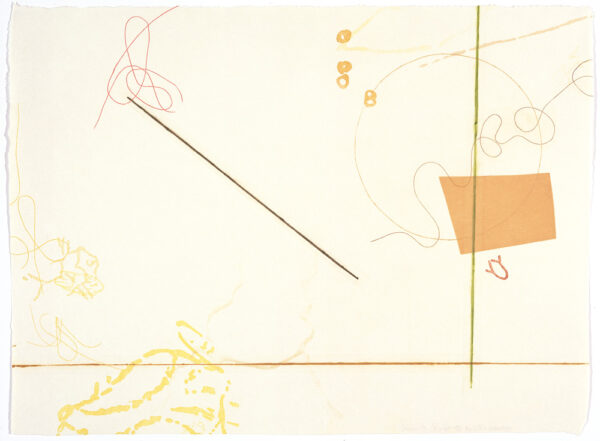
Number 13 from a series of 38 related color etchings with aquatint, engraving, photoetching and drypoint.
14 x 18"; 14 x 18".
Crown Point Press and Lilah Toland.
$20,000 fair market value Unavailable
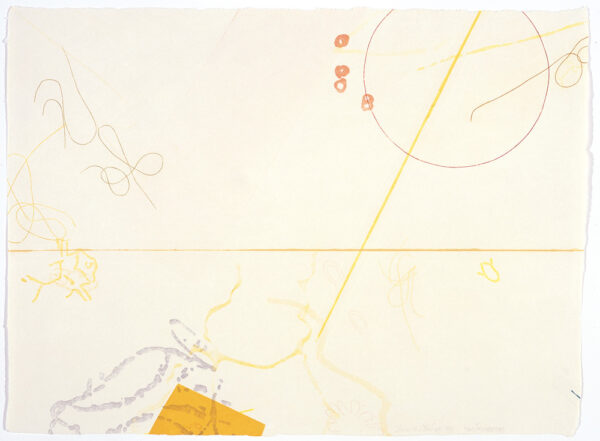
Number 14 from a series of 38 related color etchings with aquatint, engraving, photoetching and drypoint.
14 x 18"; 14 x 18".
Crown Point Press and Lilah Toland.
$20,000 fair market value Unavailable
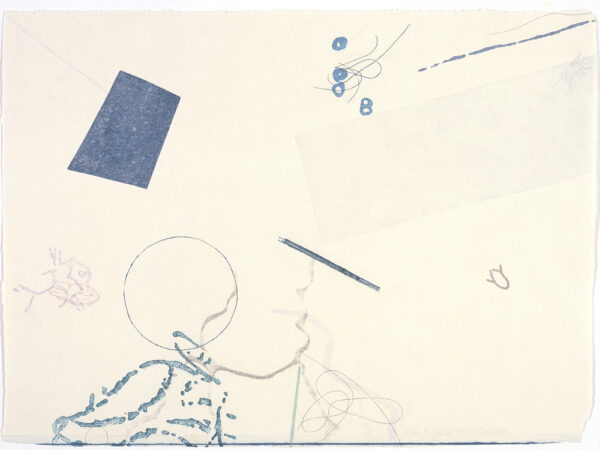
Number 15 from a series of 38 related color etchings with aquatint, engraving, photoetching and drypoint.
14 x 18"; 14 x 18".
Crown Point Press and Lilah Toland.
$20,000 fair market value Unavailable
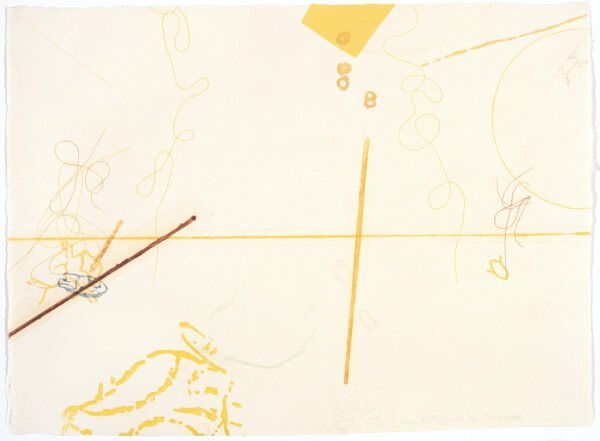
Number 16 from a series of 38 related color etchings with aquatint, engraving, photoetching and drypoint.
14 x 18"; 14 x 18".
Crown Point Press and Lilah Toland.
$20,000 fair market value Unavailable
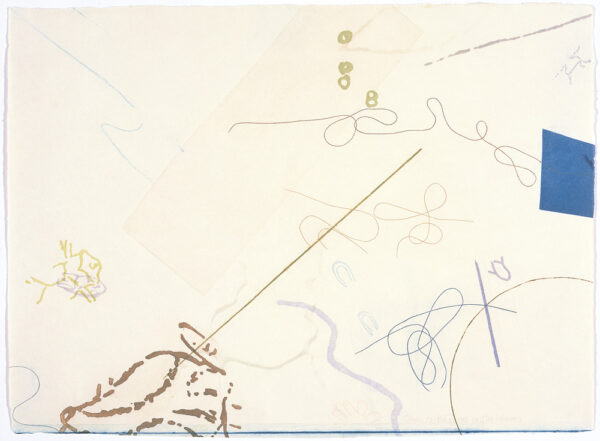
Number 17 from a series of 38 related color etchings with aquatint, engraving, photoetching and drypoint.
14 x 18"; 14 x 18".
Crown Point Press and Lilah Toland.
$20,000 fair market value Unavailable

Number 18 from a series of 38 related color etchings with aquatint, engraving, photoetching and drypoint.
14 x 18"; 14 x 18".
Crown Point Press and Lilah Toland.
$20,000 fair market value Unavailable
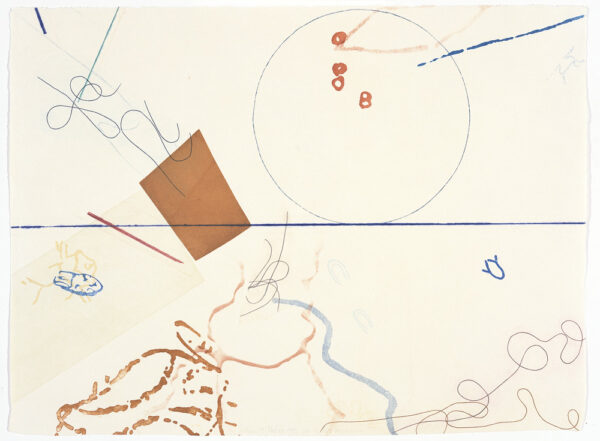
Number 19 from a series of 38 related color etchings with aquatint, engraving, photoetching and drypoint.
14 x 18"; 14 x 18".
Crown Point Press and Lilah Toland.
$20,000 fair market value Unavailable

Number 20 from a series of 38 related color etchings with aquatint, engraving, photoetching and drypoint.
14 x 18"; 14 x 18".
Crown Point Press and Lilah Toland.
$20,000 fair market value Unavailable
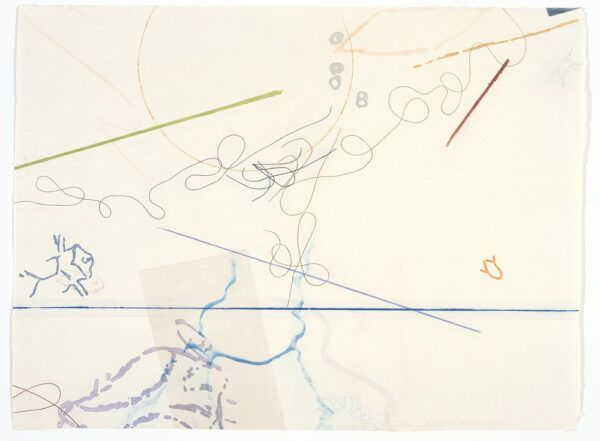
Number 21 from a series of 38 related color etchings with aquatint, engraving, photoetching and drypoint.
14 x 18"; 14 x 18".
Crown Point Press and Lilah Toland.
$20,000 fair market value Unavailable

Number 22 from a series of 38 related color etchings with aquatint, engraving, photoetching and drypoint.
14 x 18"; 14 x 18".
Crown Point Press and Lilah Toland.
$20,000 fair market value Unavailable
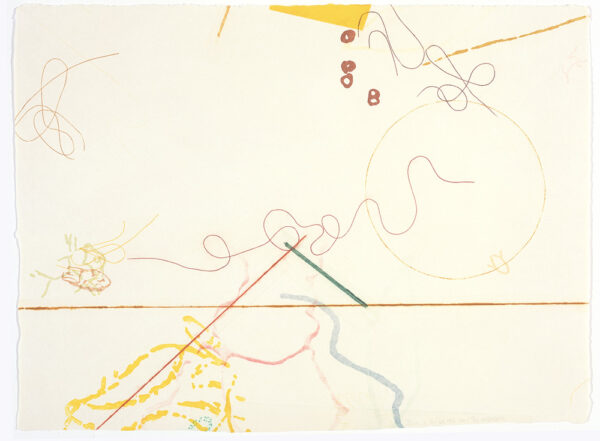
Number 23 from a series of 38 related color etchings with aquatint, engraving, photoetching and drypoint.
11; 12 x 14".
Crown Point Press and Lilah Toland.
$20,000 fair market value Unavailable
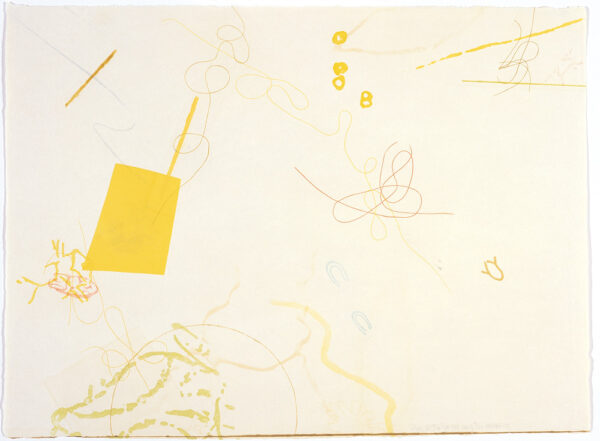
Number 24 from a series of 38 related color etchings with aquatint, engraving, photoetching and drypoint.
12 x 14"; 12 x 14".
Crown Point Press and Lilah Toland.
$20,000 fair market value Unavailable
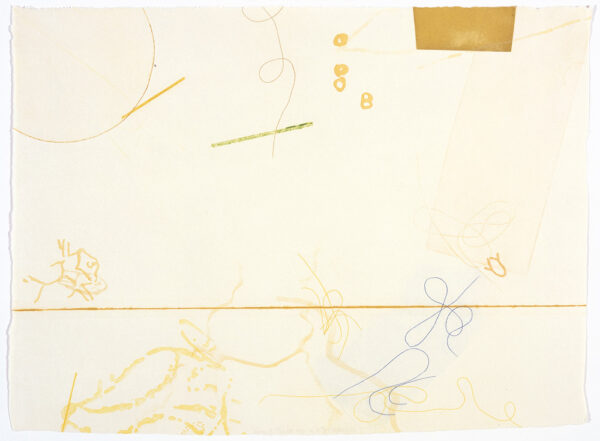
Number 25 from a series of 38 related color etchings with aquatint, engraving, photoetching and drypoint.
12 x 14"; 12 x 14".
Crown Point Press and Lilah Toland.
$20,000 fair market value Unavailable

Number 26 from a series of 38 related color etchings with aquatint, engraving, photoetching and drypoint.
12 x 14"; 12 x 14".
Crown Point Press and Lilah Toland.
$20,000 fair market value Unavailable

Number 27 from a series of 38 related color etchings with aquatint, engraving, photoetching and drypoint.
12 x 14"; 12 x 14".
Crown Point Press and Lilah Toland.
$20,000 fair market value Unavailable
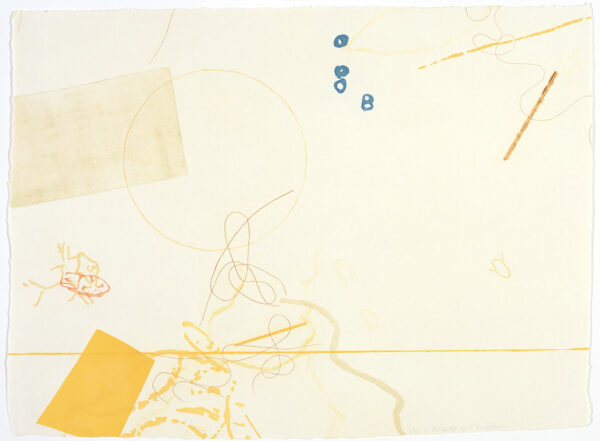
Number 28 from a series of 38 related color etchings with aquatint, engraving, photoetching and drypoint.
12 x 14"; 12 x 14".
Crown Point Press and Lilah Toland.
$20,000 fair market value Unavailable
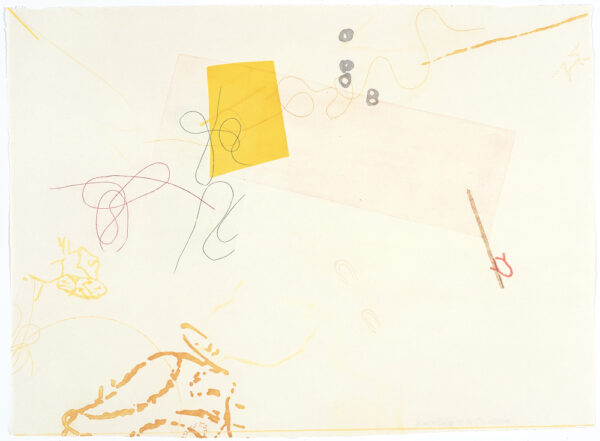
Number 29 from a series of 35 related color etchings with photoetching, engraving and drypoint in two impressions each.
12 x 14"; 12 x 14".
Crown Point Press and Lilah Toland.
$20,000 fair market value Unavailable
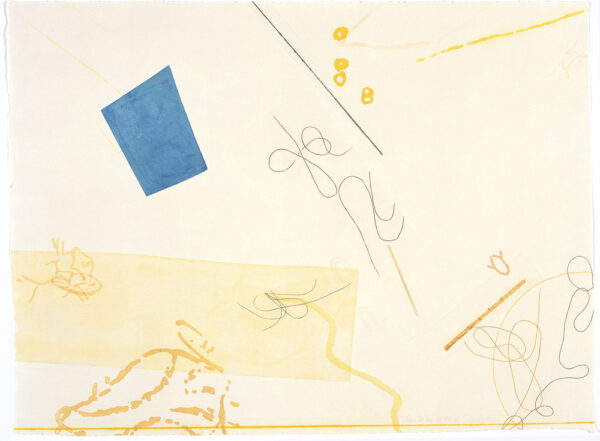
Number 30 from a series of 38 related color etchings with aquatint, engraving, photoetching and drypoint.
12 x 14"; 12 x 14".
Crown Point Press and Lilah Toland.
$20,000 fair market value Unavailable

Number 31 from a series of 38 related color etchings with aquatint, engraving, photoetching and drypoint.
12 x 14"; 12 x 14".
Crown Point Press and Lilah Toland.
$20,000 fair market value Unavailable
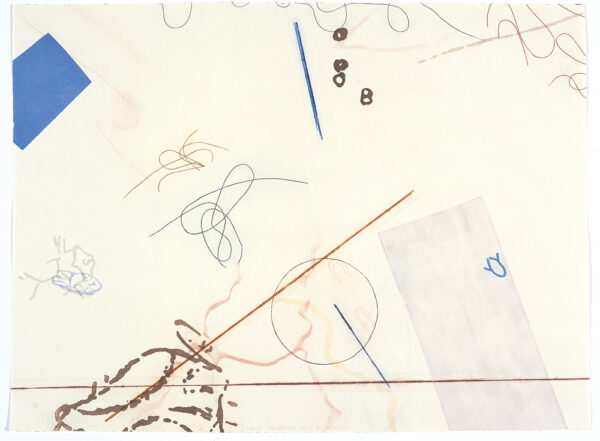
Number 32 from a series of 38 related color etchings with aquatint, engraving, photoetching and drypoint.
12 x 14"; 12 x 14".
Crown Point Press and Lilah Toland.
$20,000 fair market value Unavailable
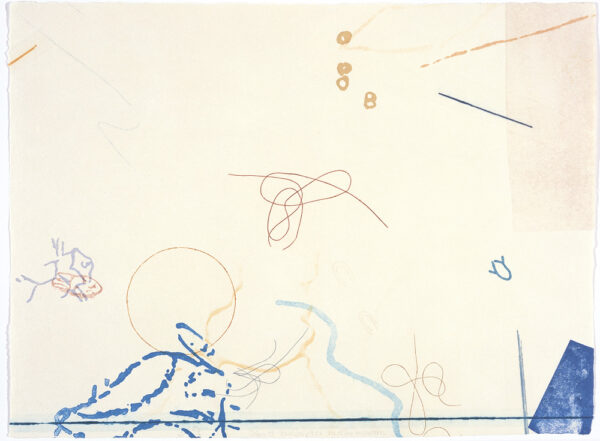
Number 33 from a series of 38 related color etchings with aquatint, engraving, photoetching and drypoint.
12 x 14"; 12 x 14".
Crown Point Press and Lilah Toland.
$20,000 fair market value Unavailable
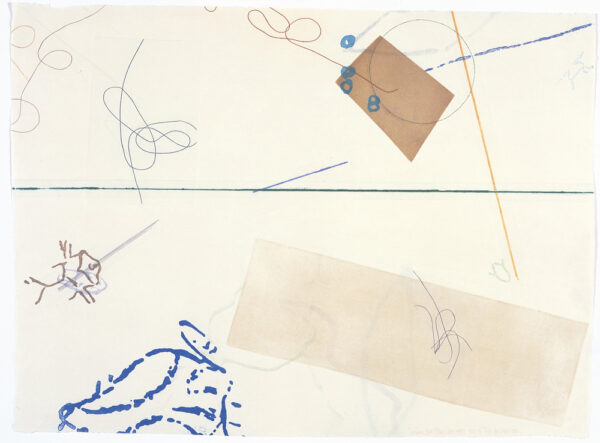
Number 34 from a series of 38 related color etchings with aquatint, engraving, photoetching and drypoint.
12 x 14"; 12 x 14".
Crown Point Press and Lilah Toland.
$20,000 fair market value Unavailable
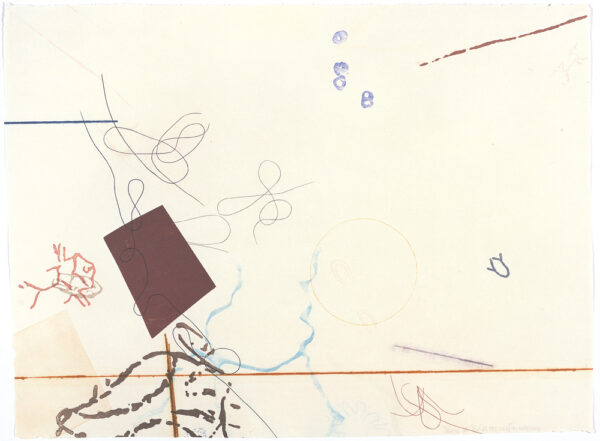
Number 35 from a series of 38 related color etchings with aquatint, engraving, photoetching and drypoint.
12 x 14"; 12 x 14".
Crown Point Press and Lilah Toland.
$20,000 fair market value Unavailable
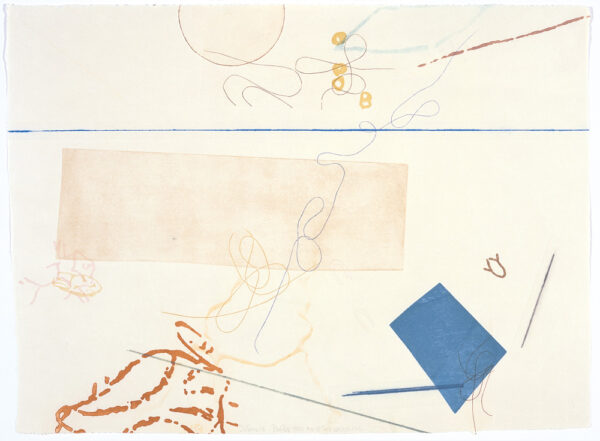
Number 36 from a series of 38 related color etchings with aquatint, engraving, photoetching and drypoint.
12 x 14"; 12 x 14".
Crown Point Press and Lilah Toland.
$20,000 fair market value Unavailable
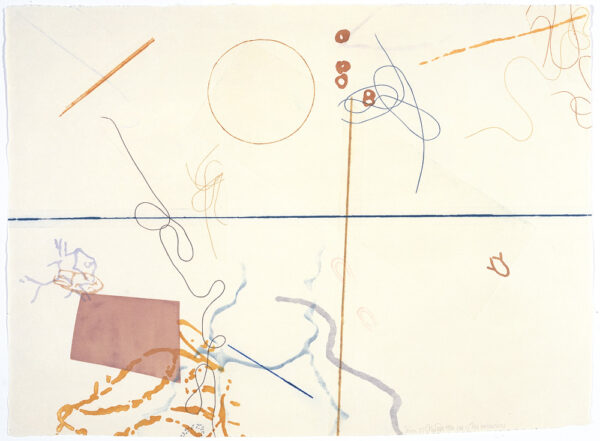
Number 37 from a series of 38 related color etchings with aquatint, engraving, photoetching and drypoint.
12 x 14"; 12 x 14".
Crown Point Press and Lilah Toland.
$20,000 fair market value Unavailable

Number 38 from a series of 38 related color etchings with aquatint, engraving, photoetching and drypoint.
12 x 14"; 12 x 14".
Crown Point Press and Lilah Toland.
$20,000 fair market value Unavailable
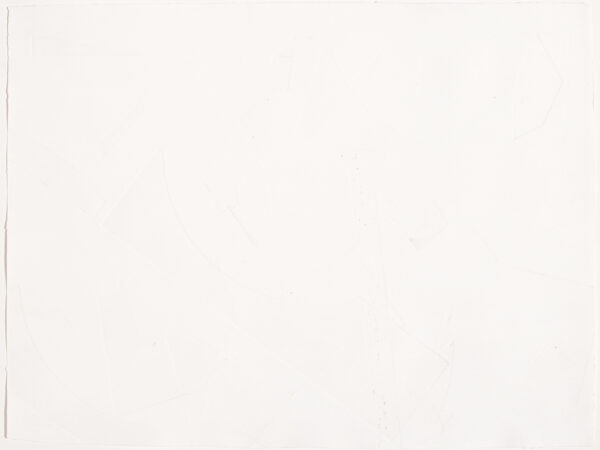
Number 27 from a series of 35 related color etchings in two impressions each.
18½ x 24½"; 18½ x 24½".
Crown Point Press and Paul Singdahlsen.
$10,000 fair market value Unavailable
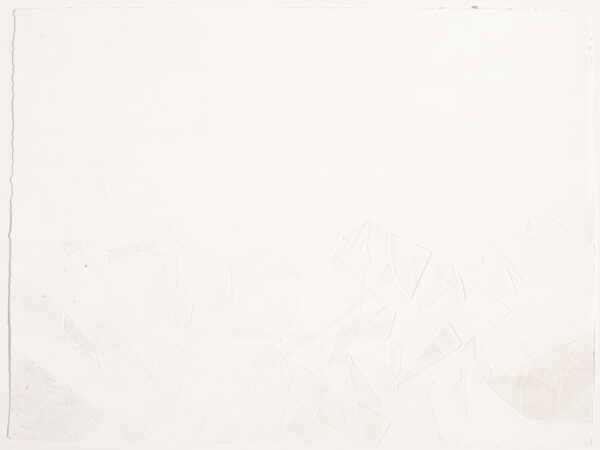
Number 29 from a series of 35 related color etchings in two impressions each.
18½ x 24½"; 18½ x 24½".
Crown Point Press and Paul Singdahlsen.
$10,000 fair market value Unavailable
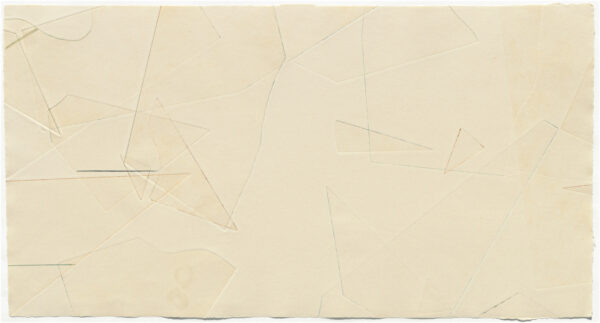
Number 4 from a series of 35 related color etchings with photoetching, engraving and drypoint in two impressions each.
11 x 22"; 11 x 22".
Crown Point Press and Lilah Toland.
$35,000 fair market value Unavailable

Number 16 from a series of 35 related color etchings with photoetching, engraving and drypoint in two impressions each.
11 x 22"; 11 x 22".
Crown Point Press and Lilah Toland.
$35,000 fair market value Unavailable
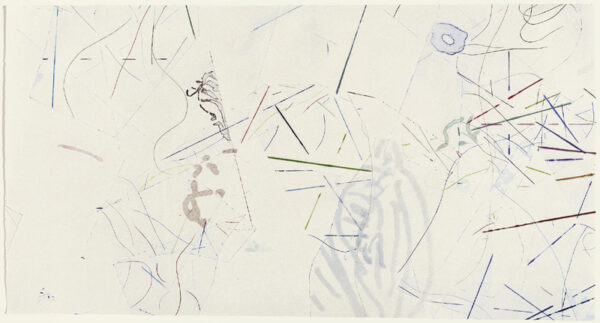
Number 31 from a series of 35 related color etchings with photoetching, engraving and drypoint in two impressions each.
11 x 22"; 11 x 22".
Crown Point Press and Lilah Toland.
$35,000 fair market value Unavailable
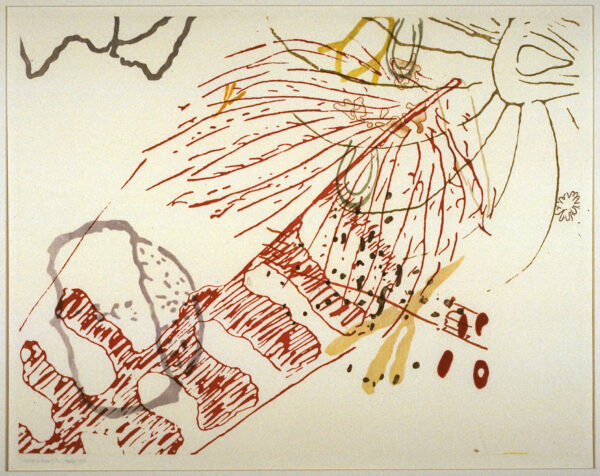
Color photoetching; each print color unique.
22 x 28"; 24 x 36". 25.
Crown Point Press and Stephen Thomas.
$15,000 fair market value Unavailable
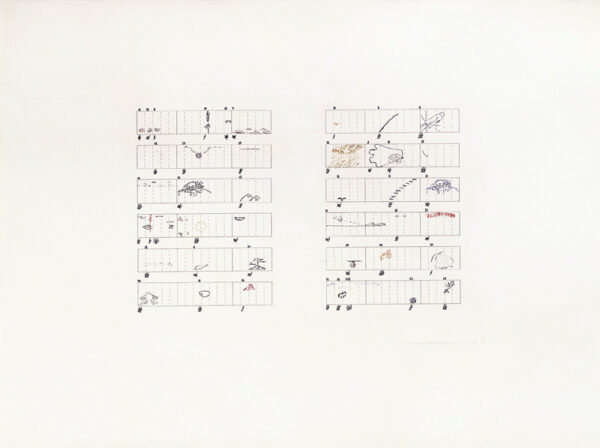
Color hard ground and soft ground etching with drypoint, engraving and sugar lift aquatint.
13 x 18½"; 22 x 30". 25.
Crown Point Press and Stephen Thomas.
$10,000 fair market value Unavailable

From a portfolio of seven color hard and soft ground etchings with sugar lift aquatints and photoetching.
5 x 3"; 12 x 17". 25.
Crown Point Press and Stephen Thomas.
$20,000 fair market value Unavailable
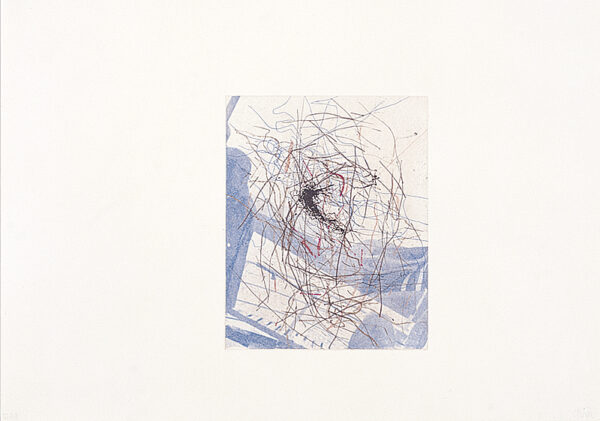
From a portfolio of seven color hard and soft ground etchings with sugar lift aquatints and photoetching.
7 x 5¾"; 12 x 17". 25.
Crown Point Press and Stephen Thomas.
$20,000 fair market value Unavailable

From a portfolio of seven color hard and soft ground etchings with sugar lift aquatints and photoetching.
10 x ¾"; 12 x 17". 25.
Crown Point Press and Stephen Thomas.
$20,000 fair market value Unavailable
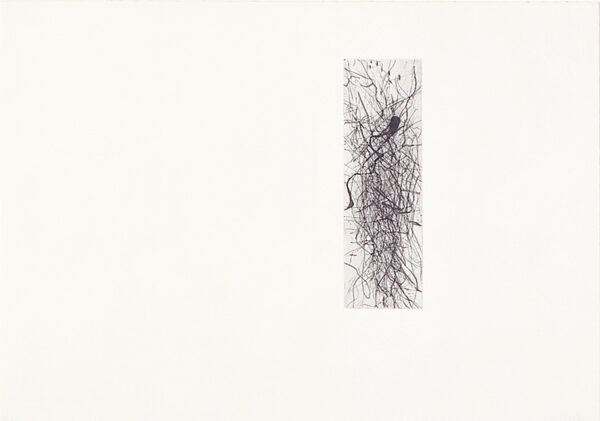
From a portfolio of seven color hard and soft ground etchings with sugar lift aquatints and photoetching.
7 x 2¼"; 12 x 17". 25.
Crown Point Press and Stephen Thomas.
$20,000 fair market value Unavailable
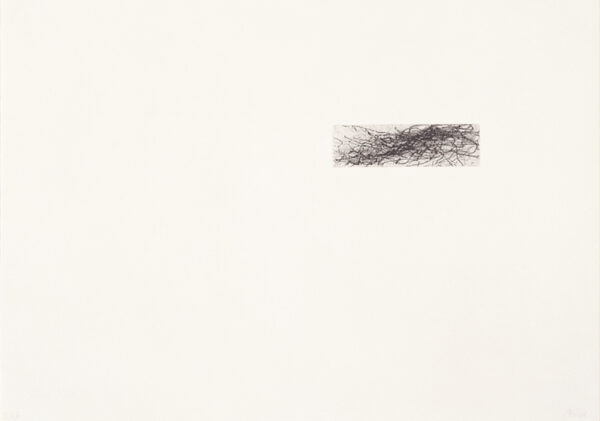
From a portfolio of seven color hard and soft ground etchings with sugar lift aquatints and photoetching.
1¼ x 4¼"; 12 x 17". 25.
Crown Point Press and Stephen Thomas.
$20,000 fair market value Unavailable

From a portfolio of seven color hard and soft ground etchings with sugar lift aquatints and photoetching.
1¼ x 2¾"; 12 x 17". 25.
Crown Point Press and Stephen Thomas.
$20,000 fair market value Unavailable
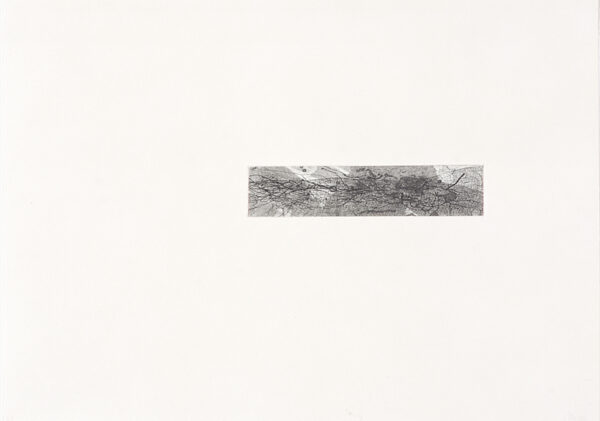
From a portfolio of seven color hard and soft ground etchings with sugar lift aquatints and photoetching.
1½ x 6¾"; 12 x 17". 25.
Crown Point Press and Stephen Thomas.
$20,000 fair market value Unavailable
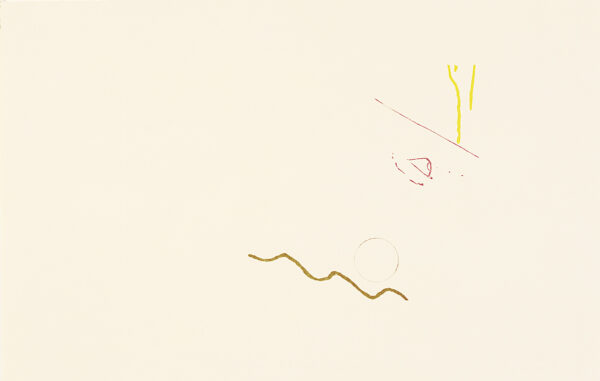
Unique framed color etching, cancelled copper plates and 1 to 5 working drawings by the artist.
8 x 12"; 13 x 20". 25.
Crown Point Press and Lilah Toland.
$20,000 fair market value Unavailable

